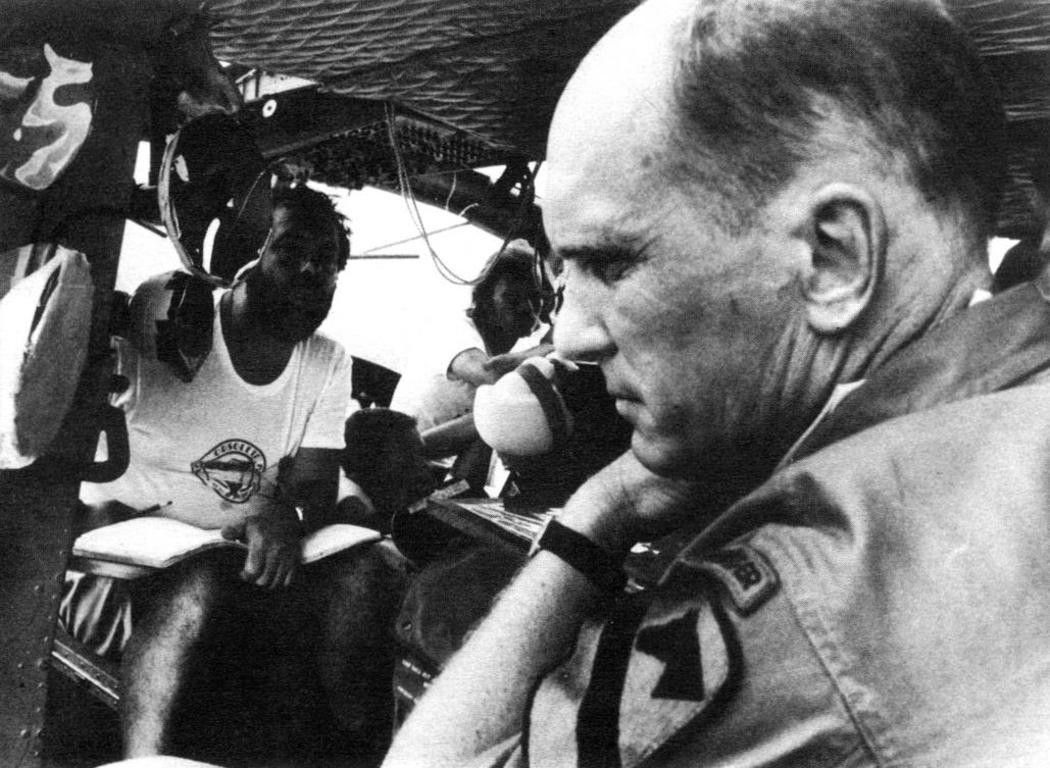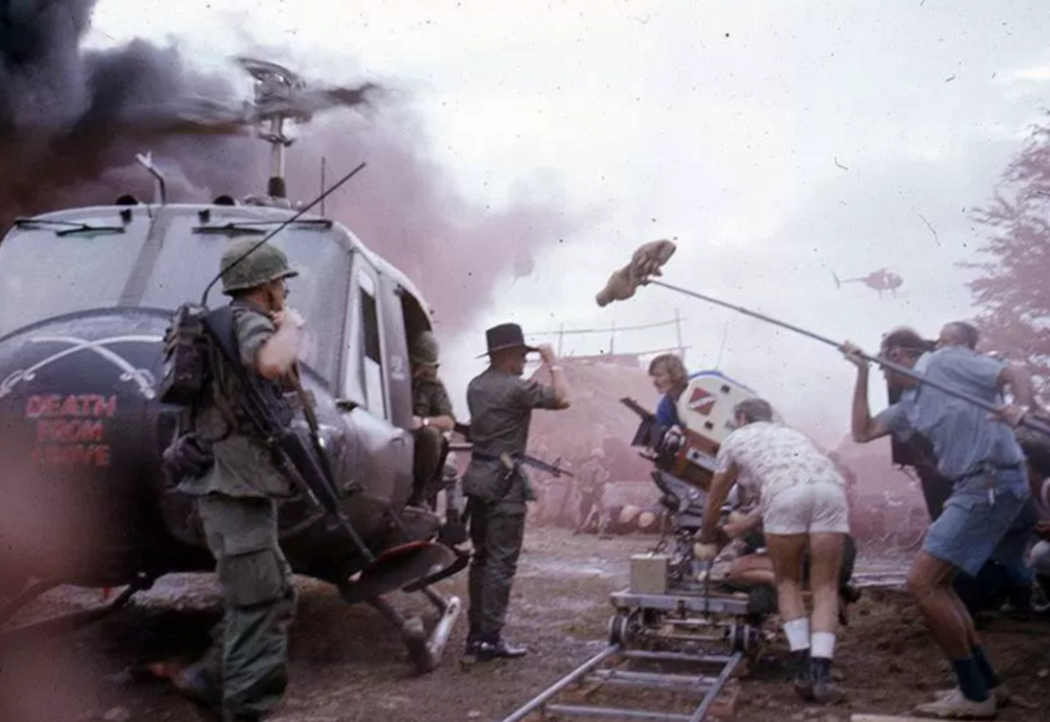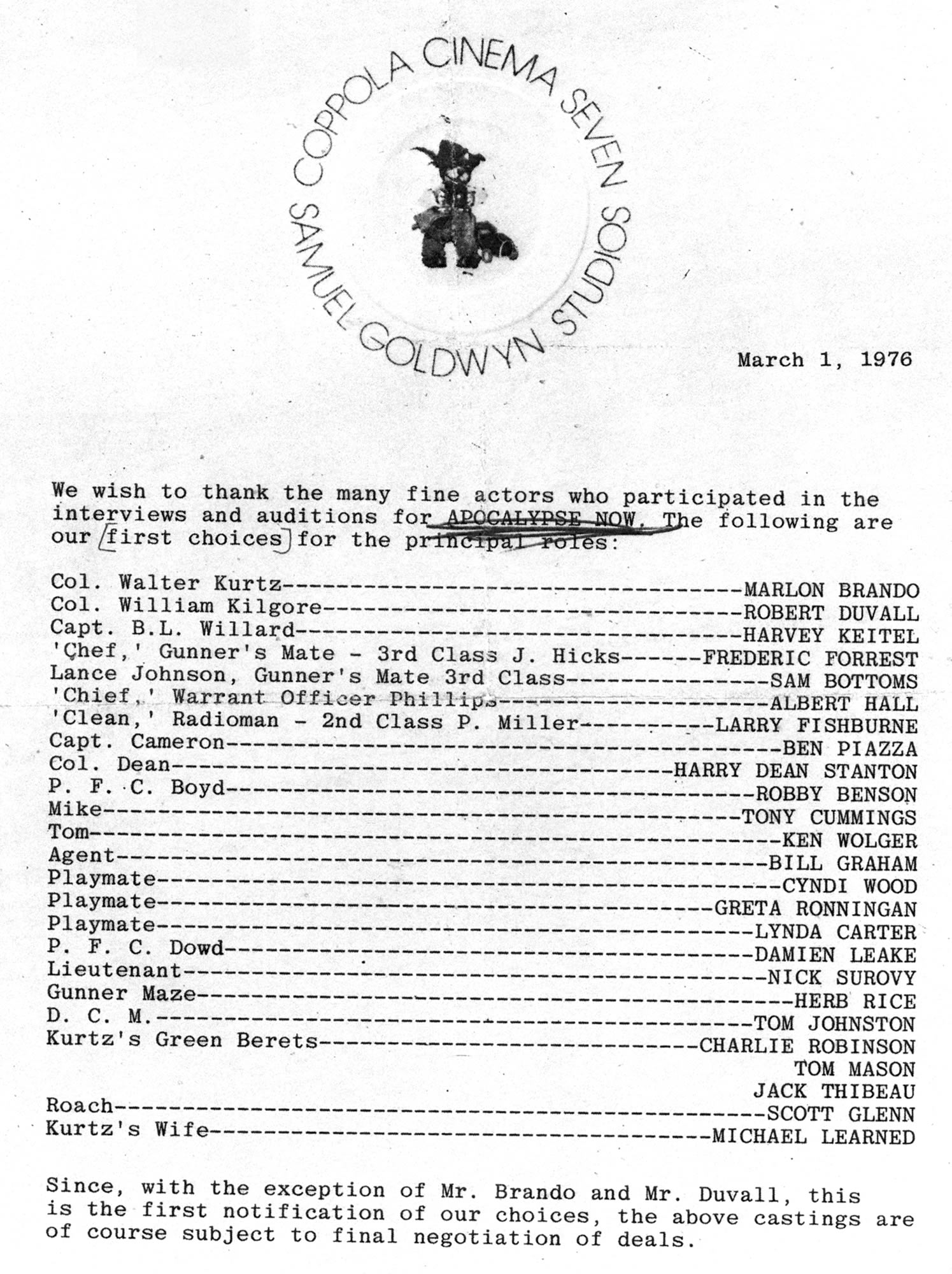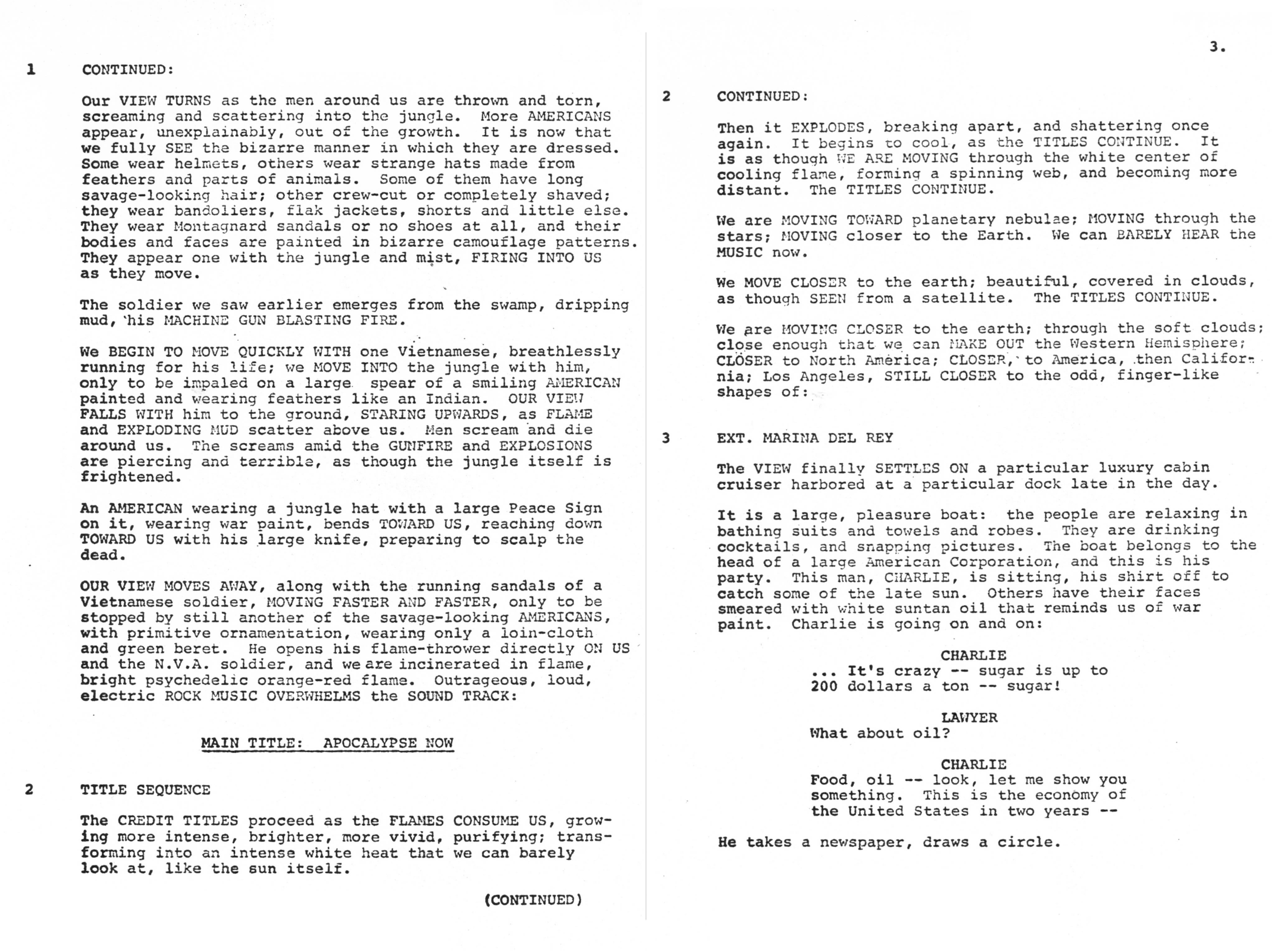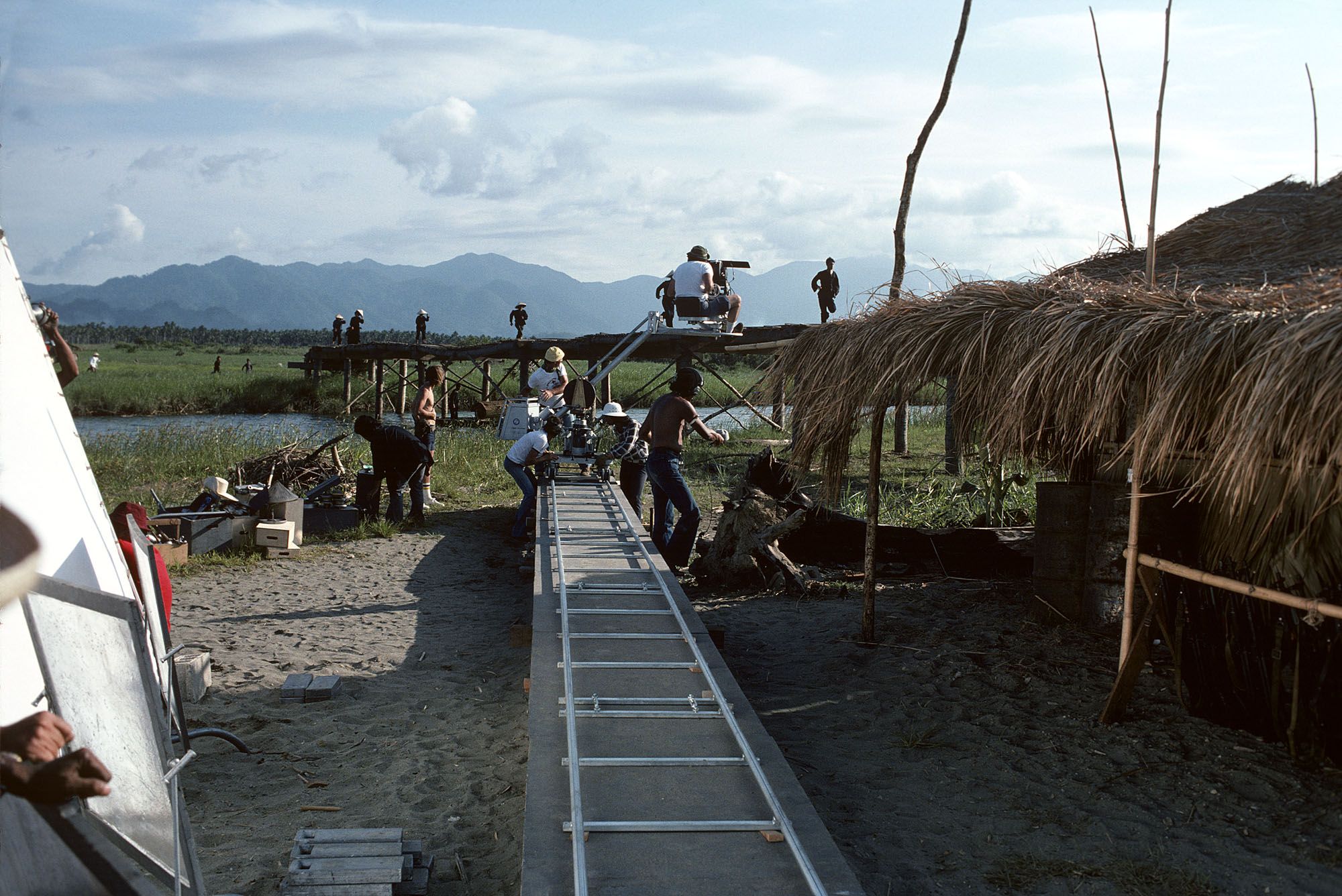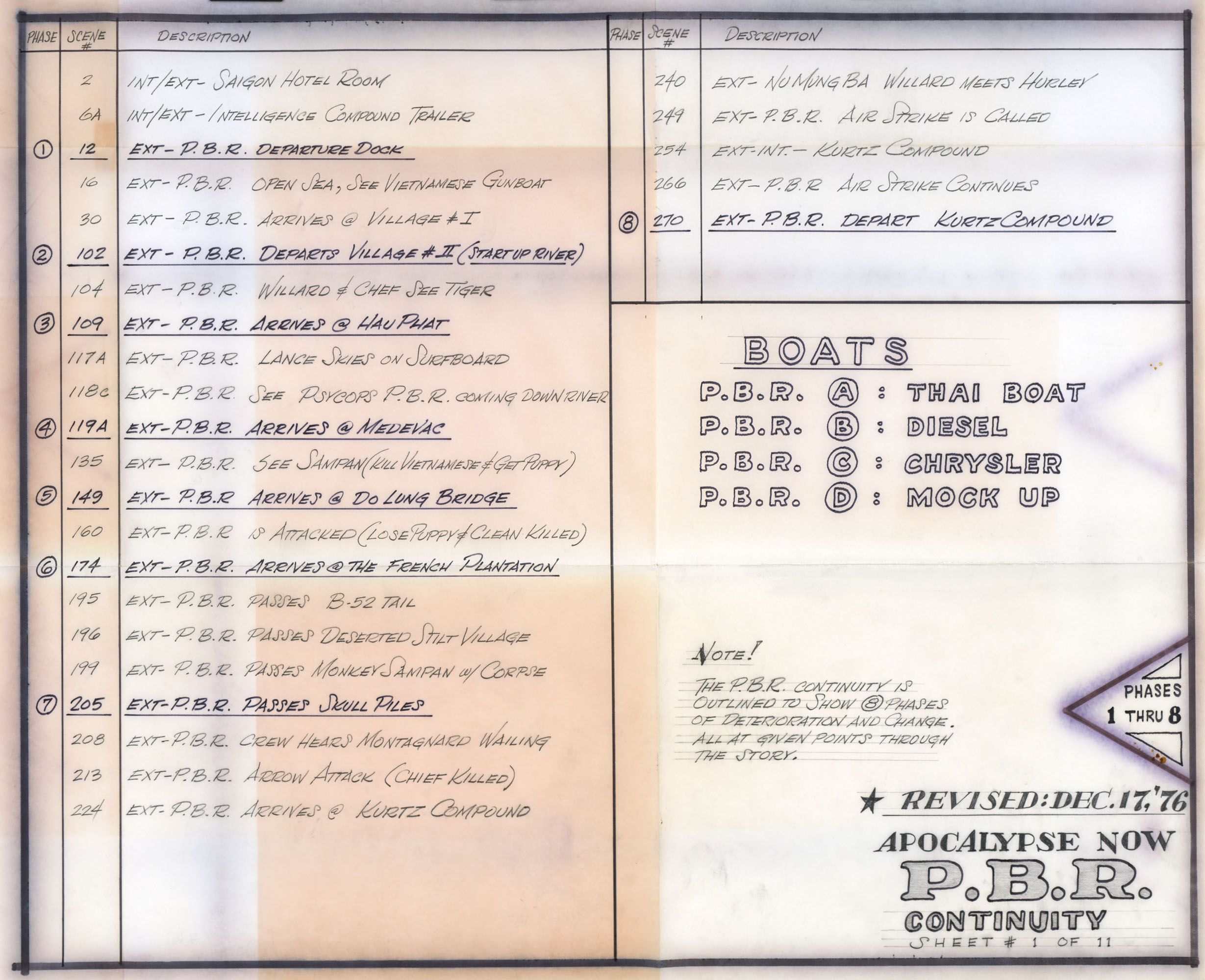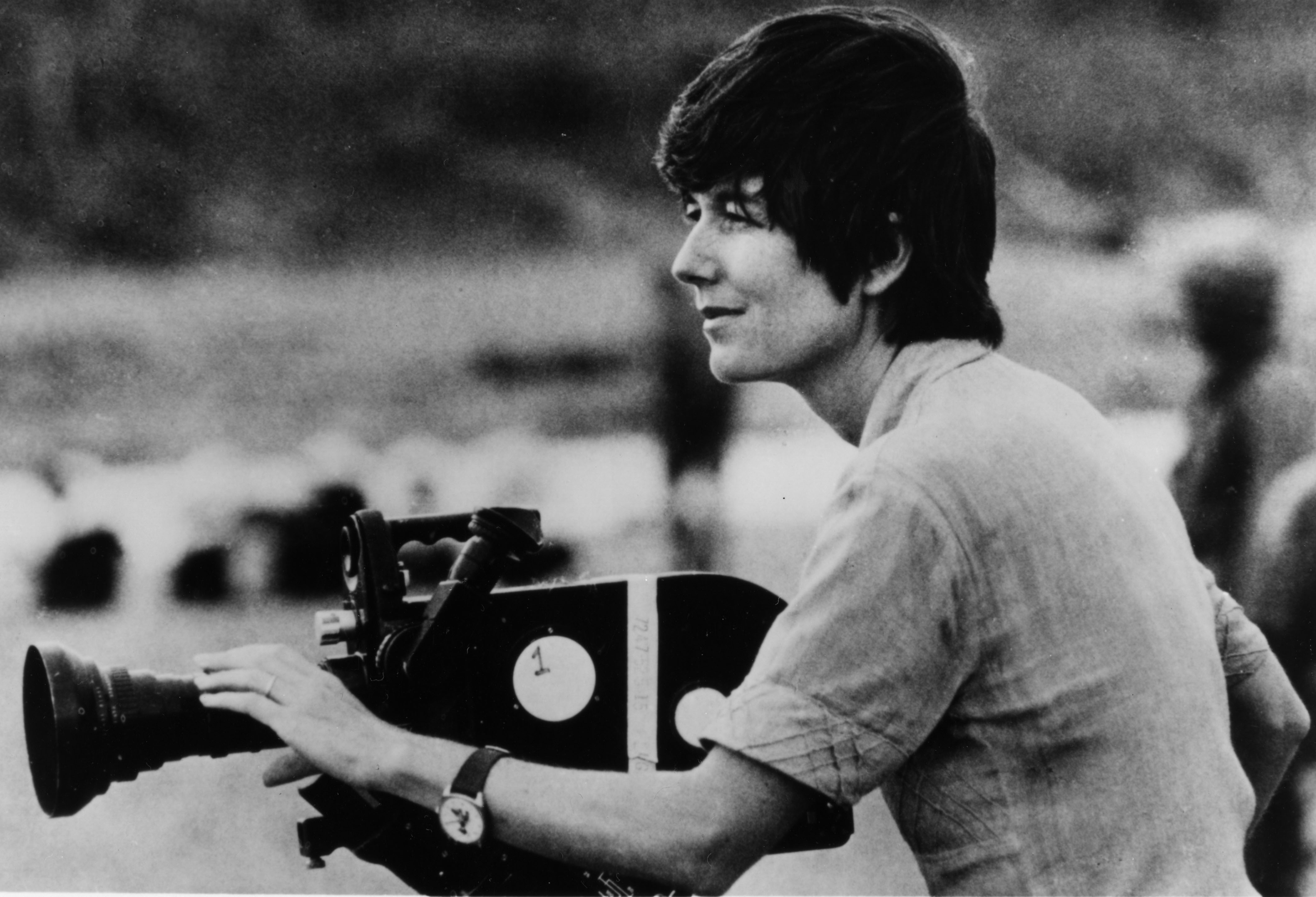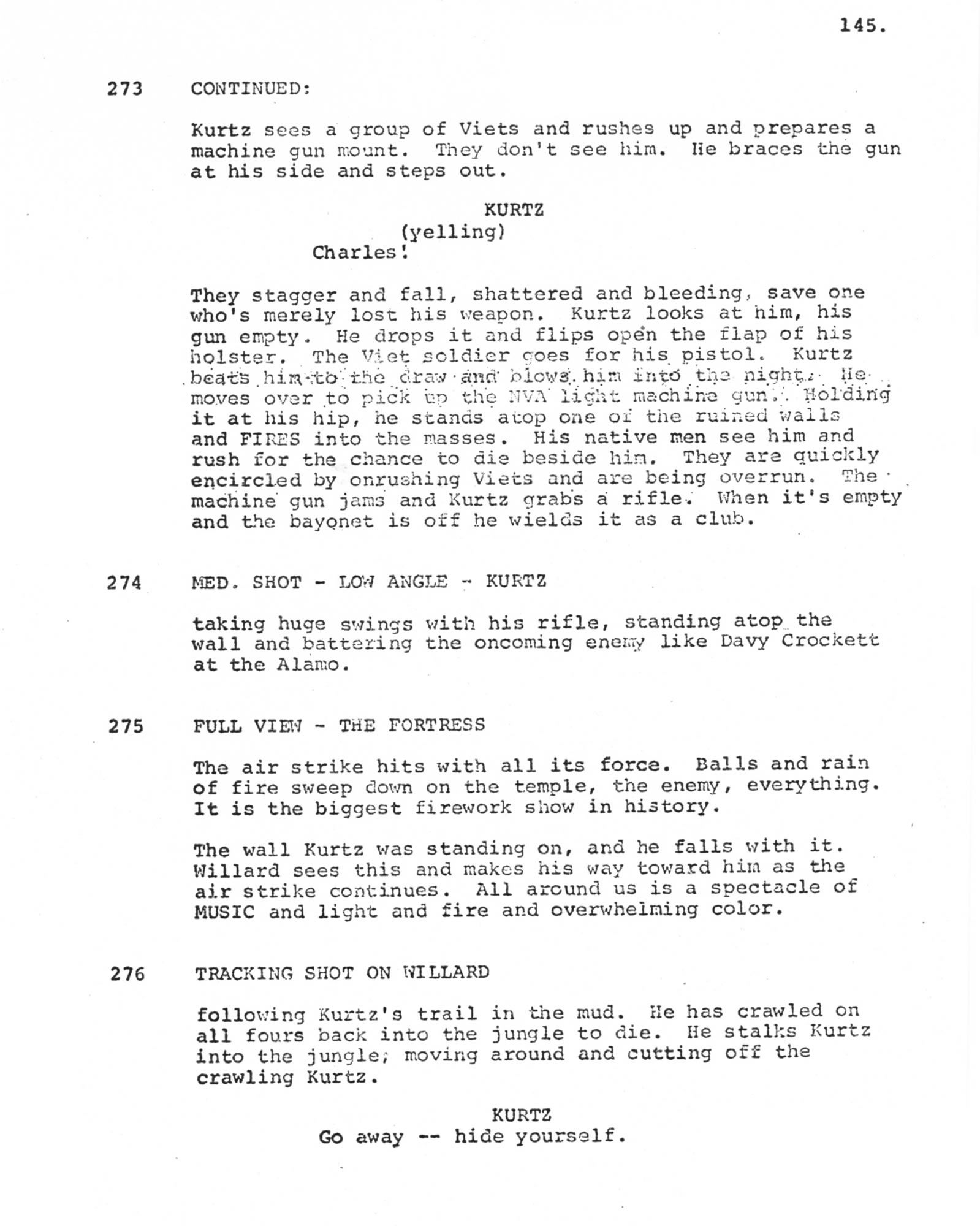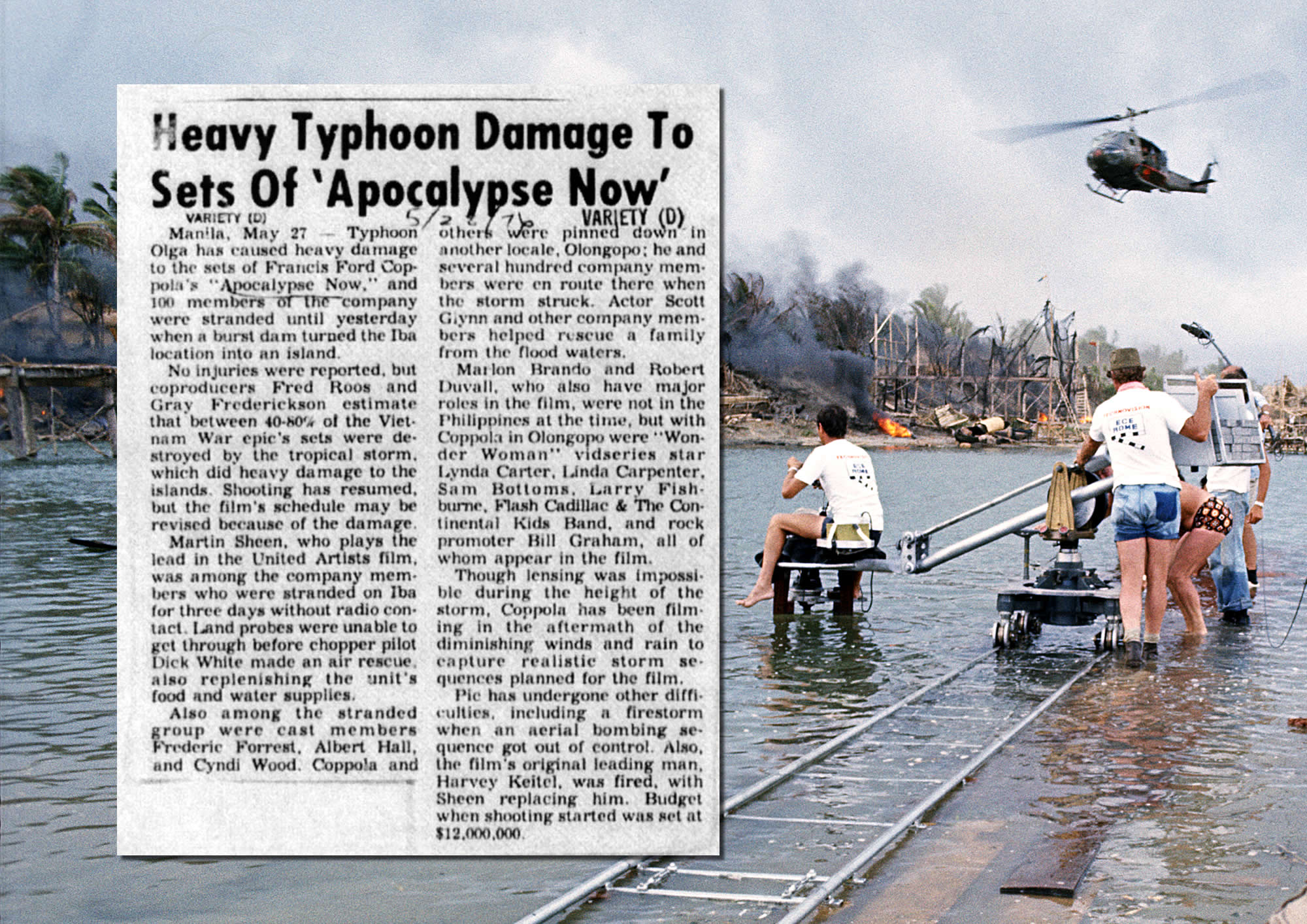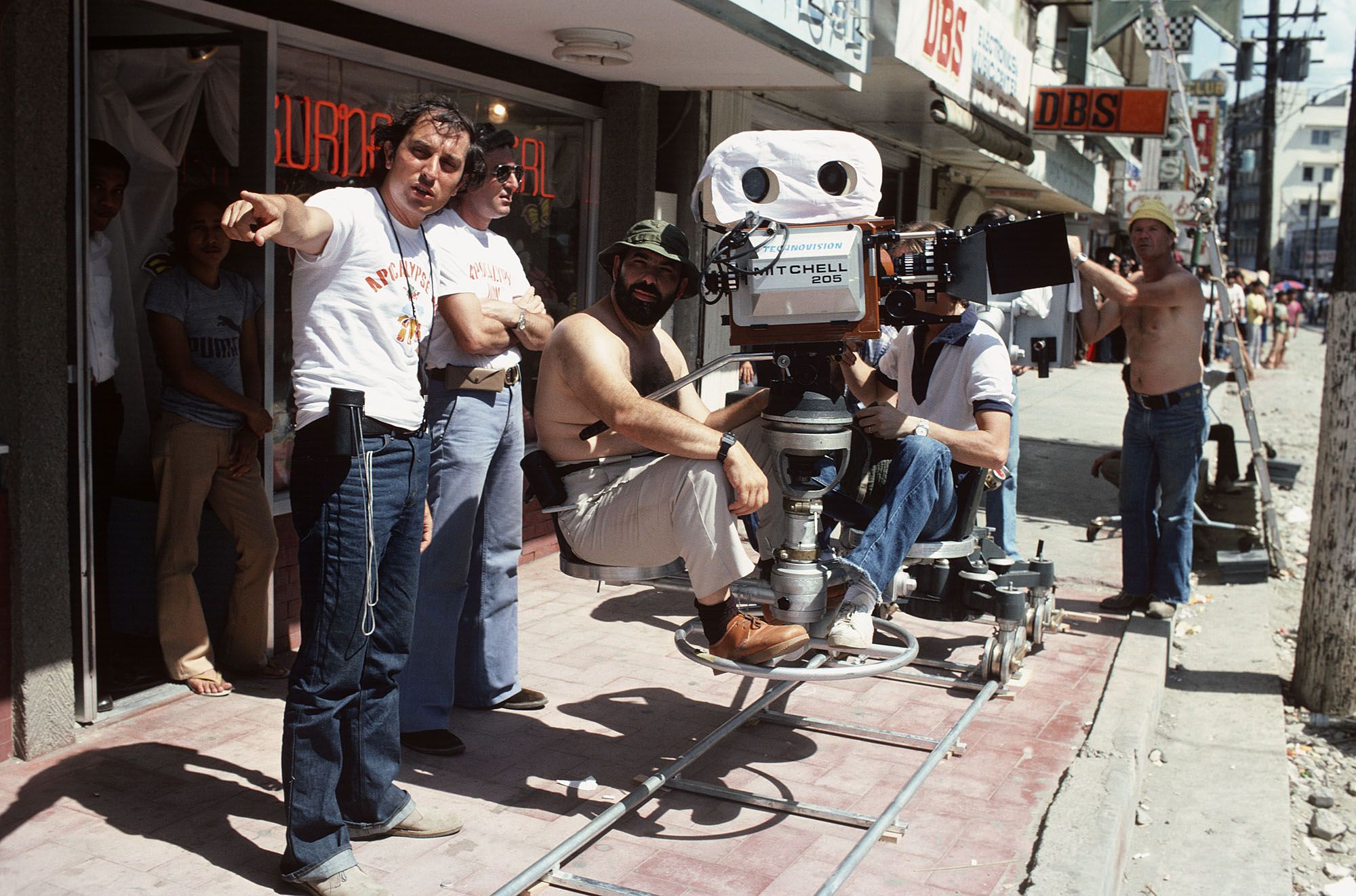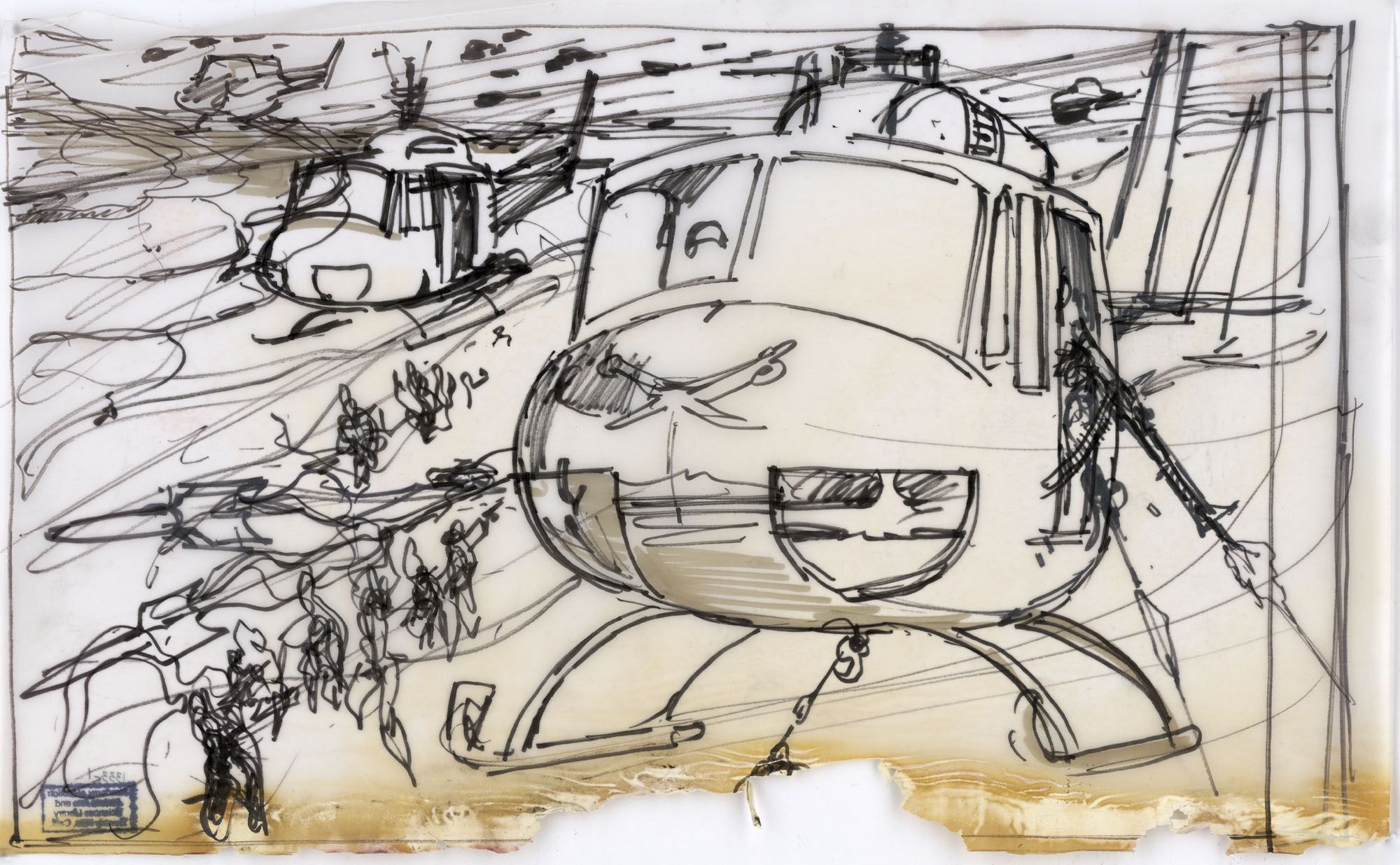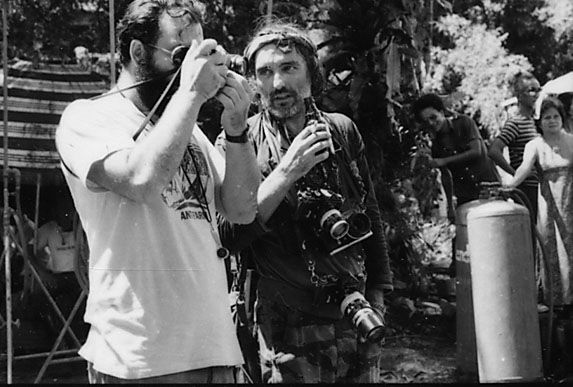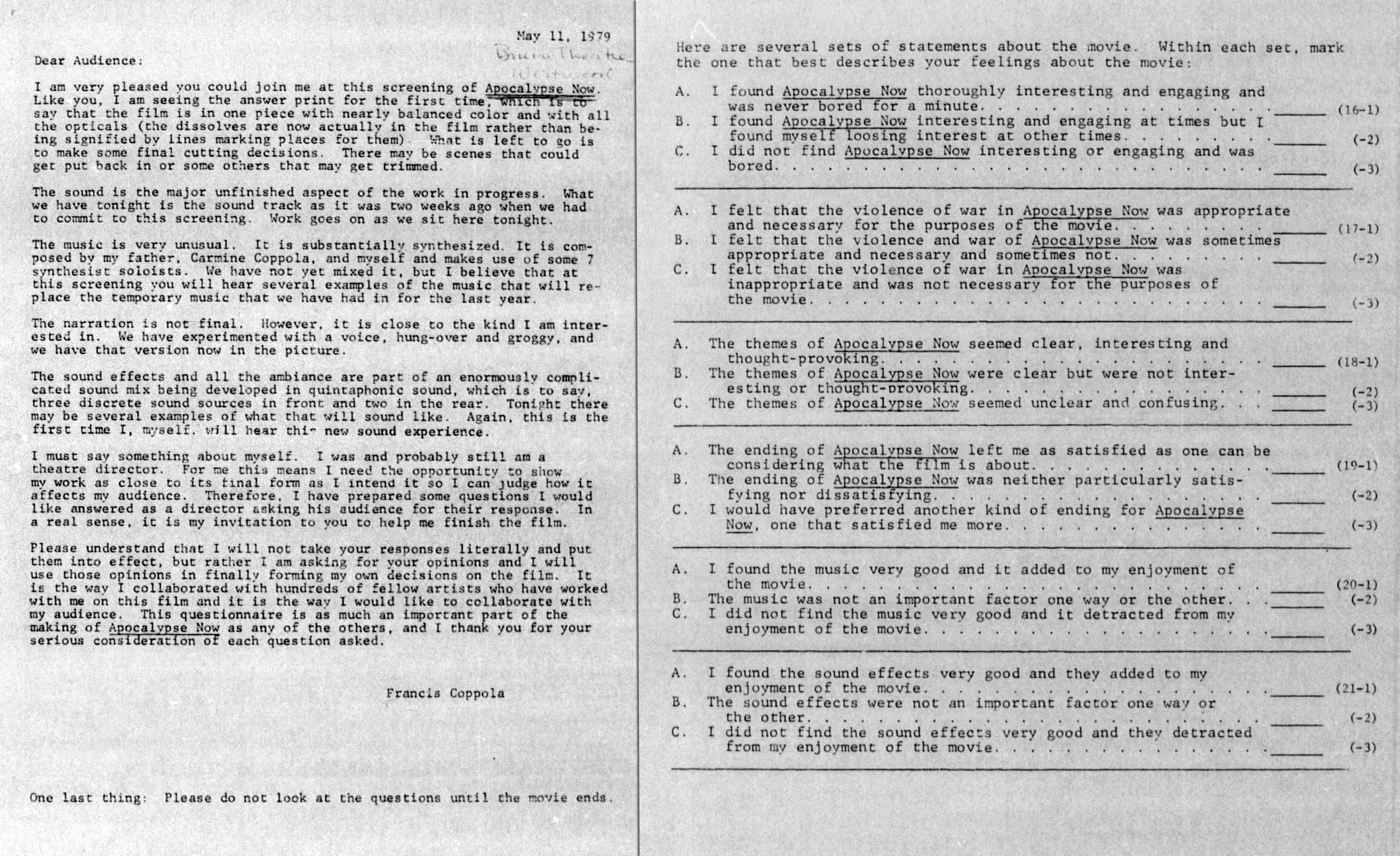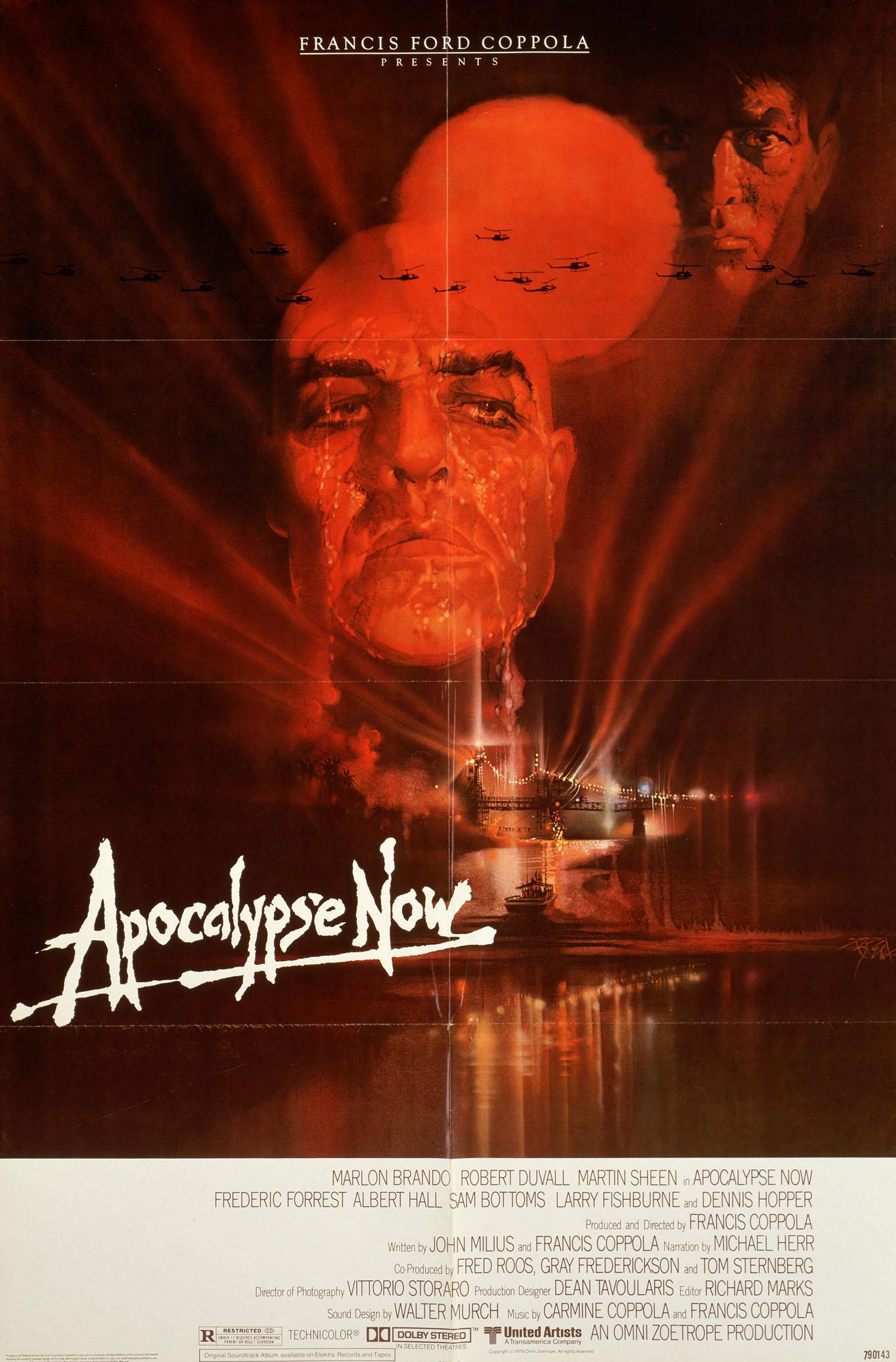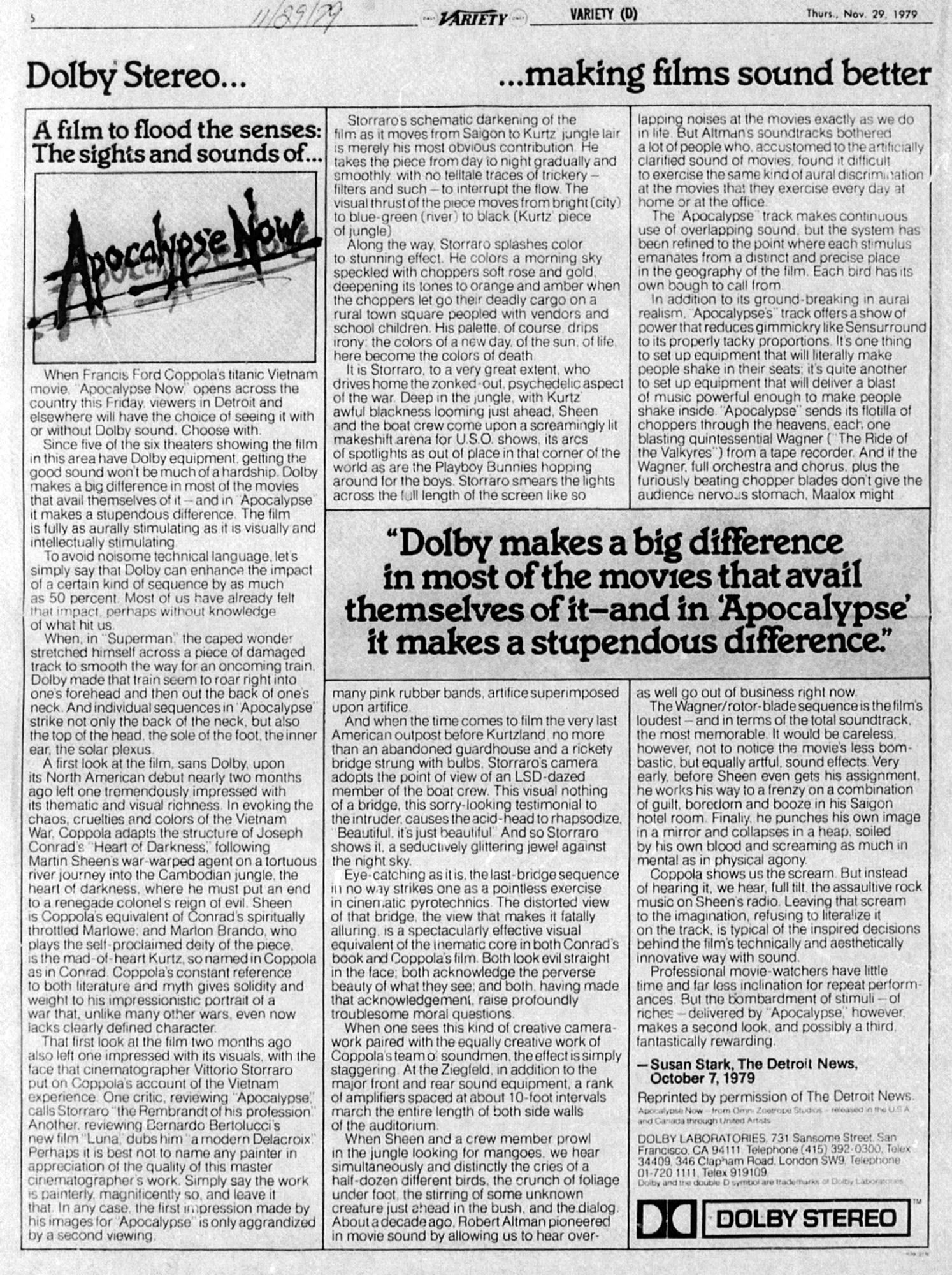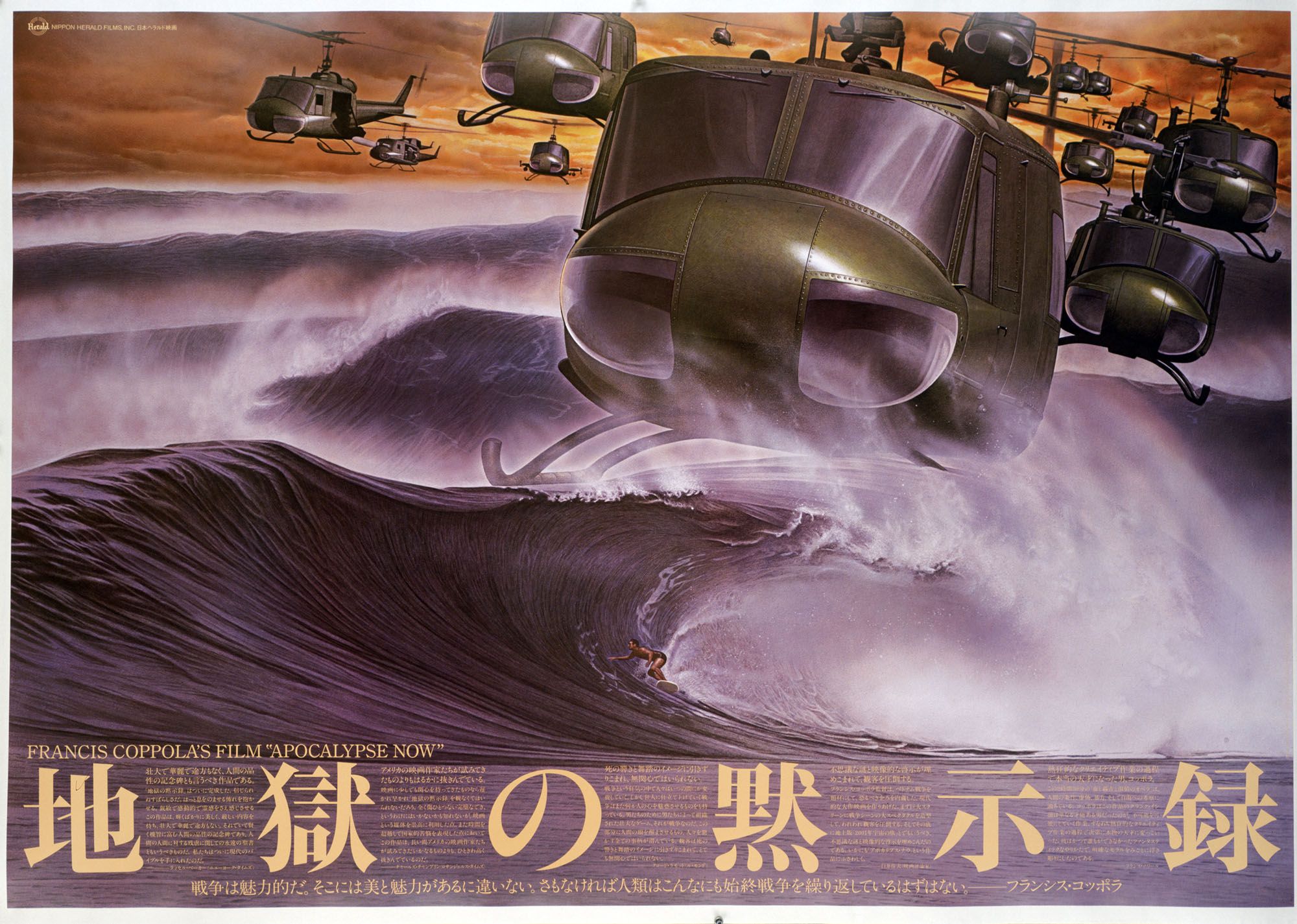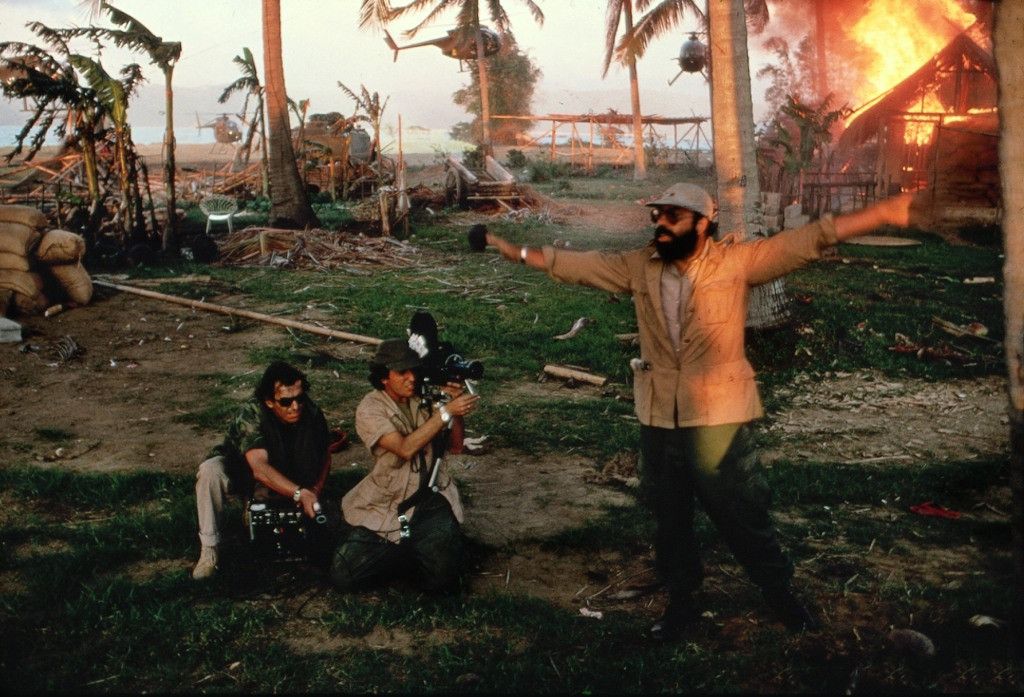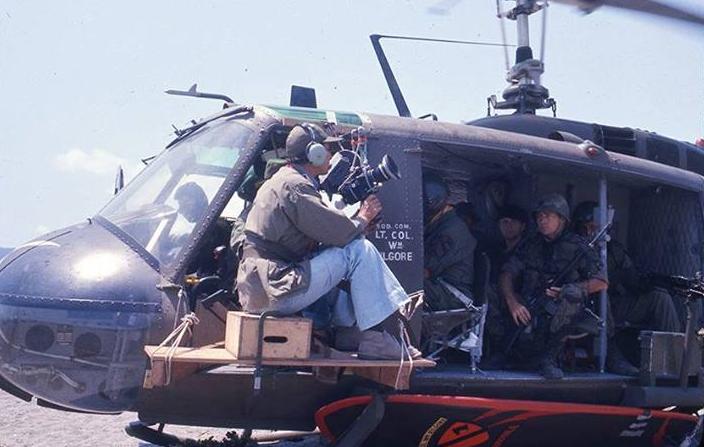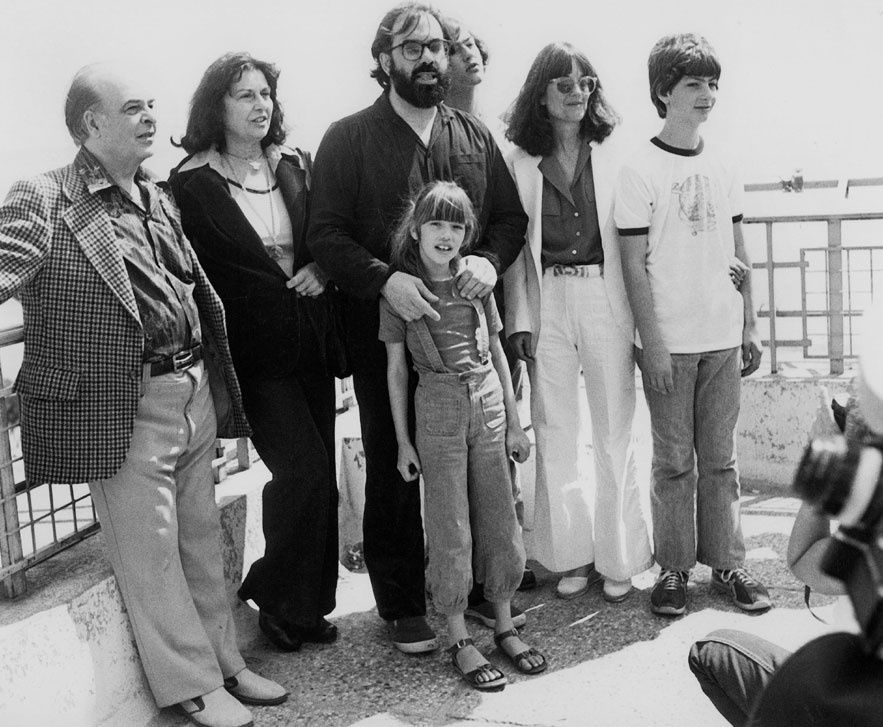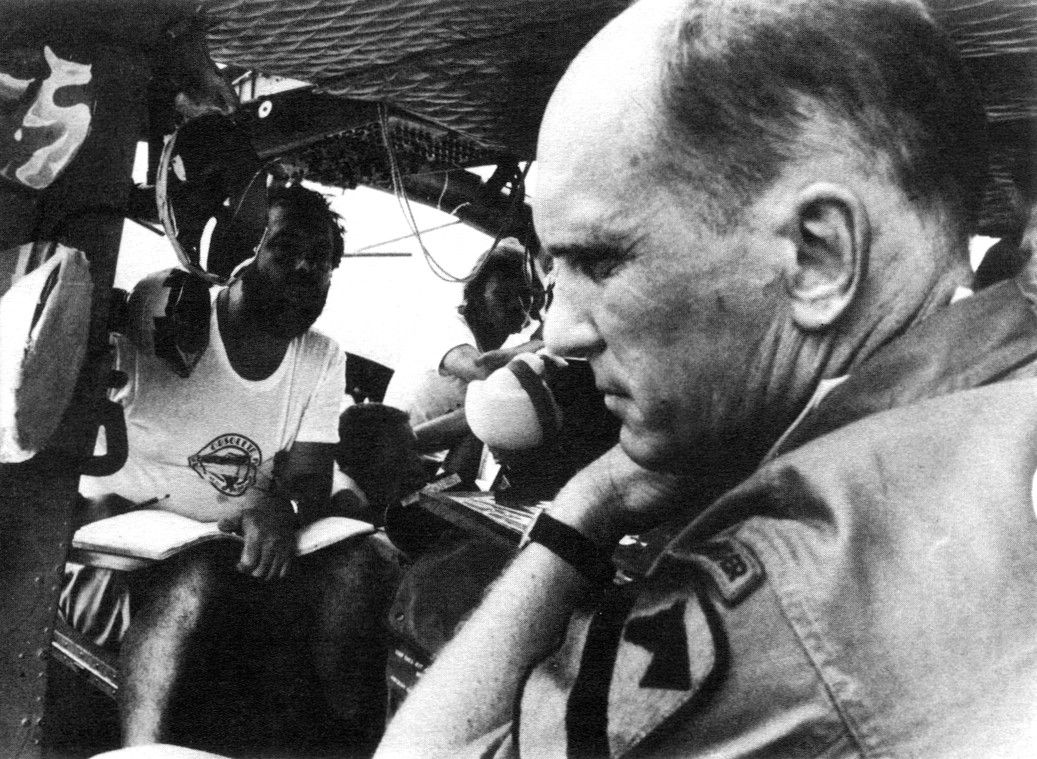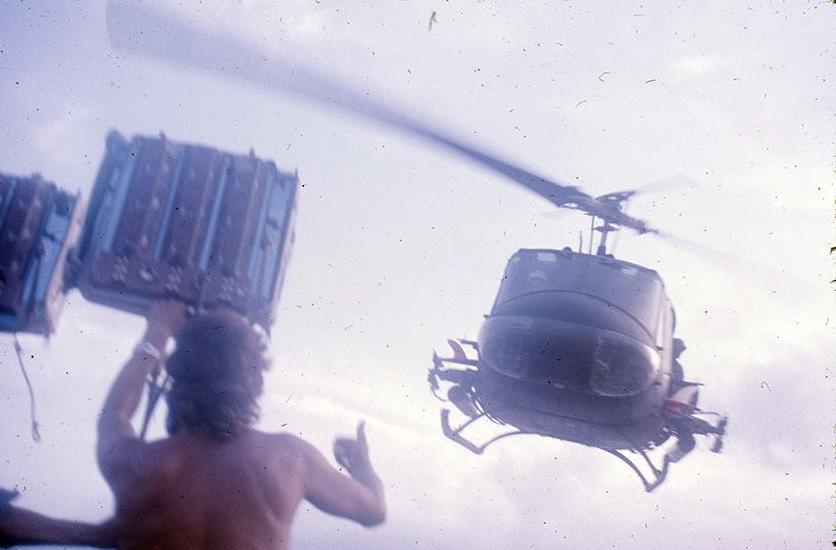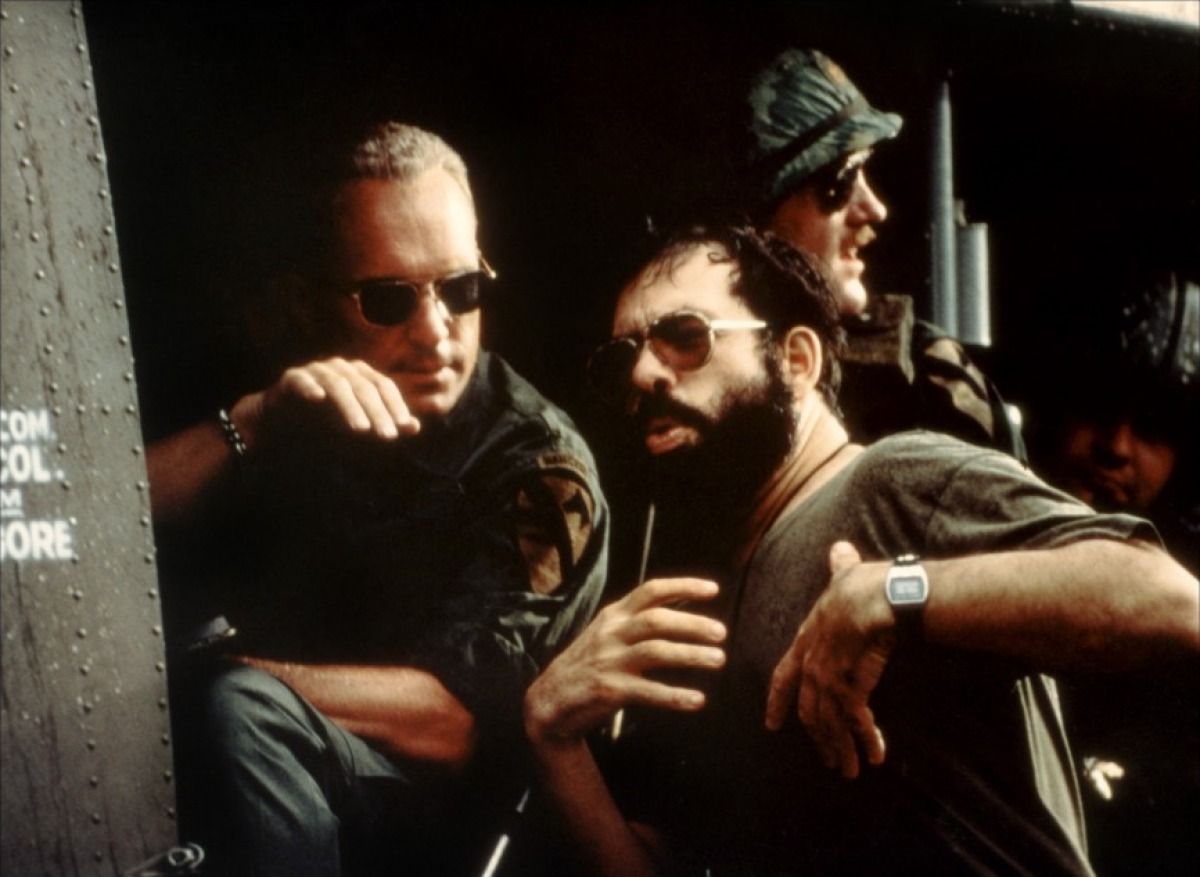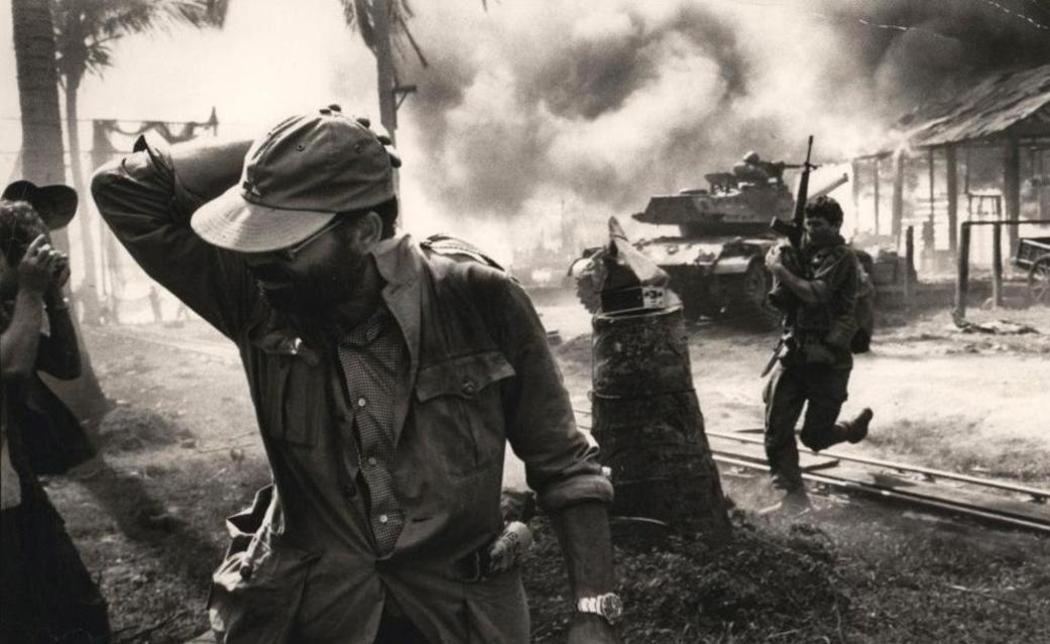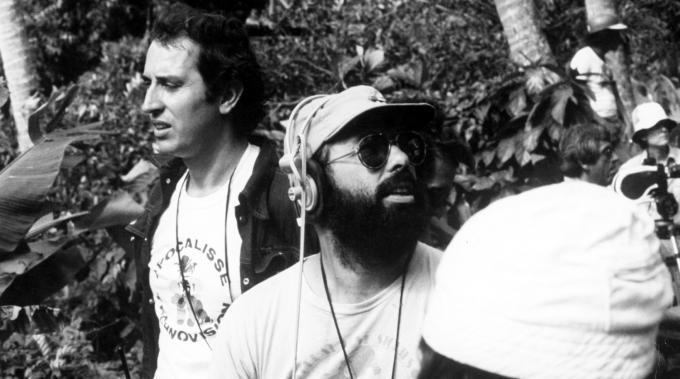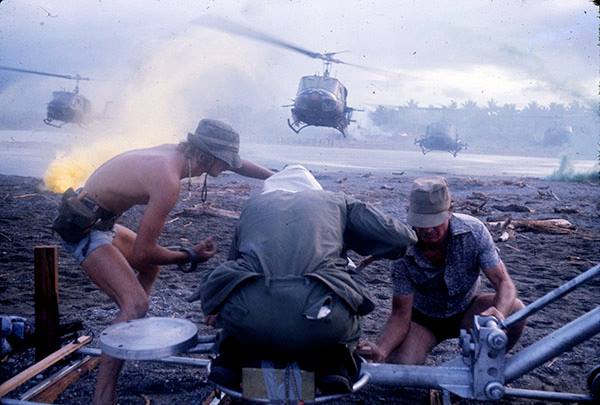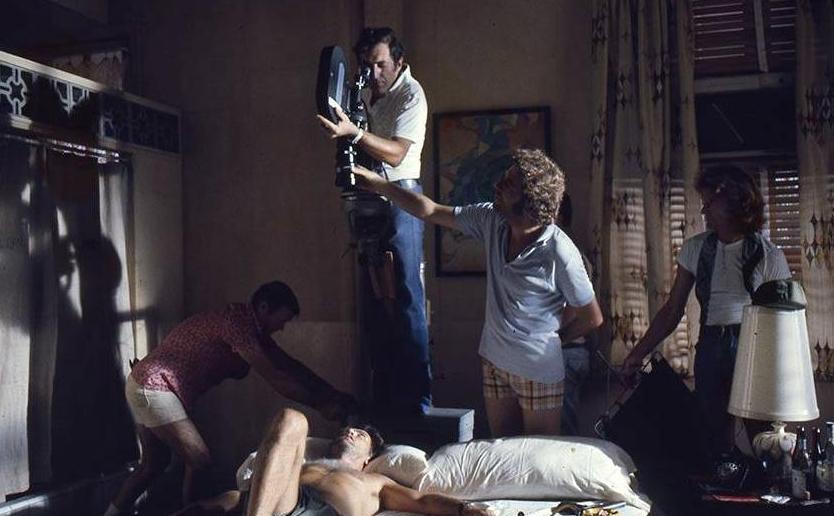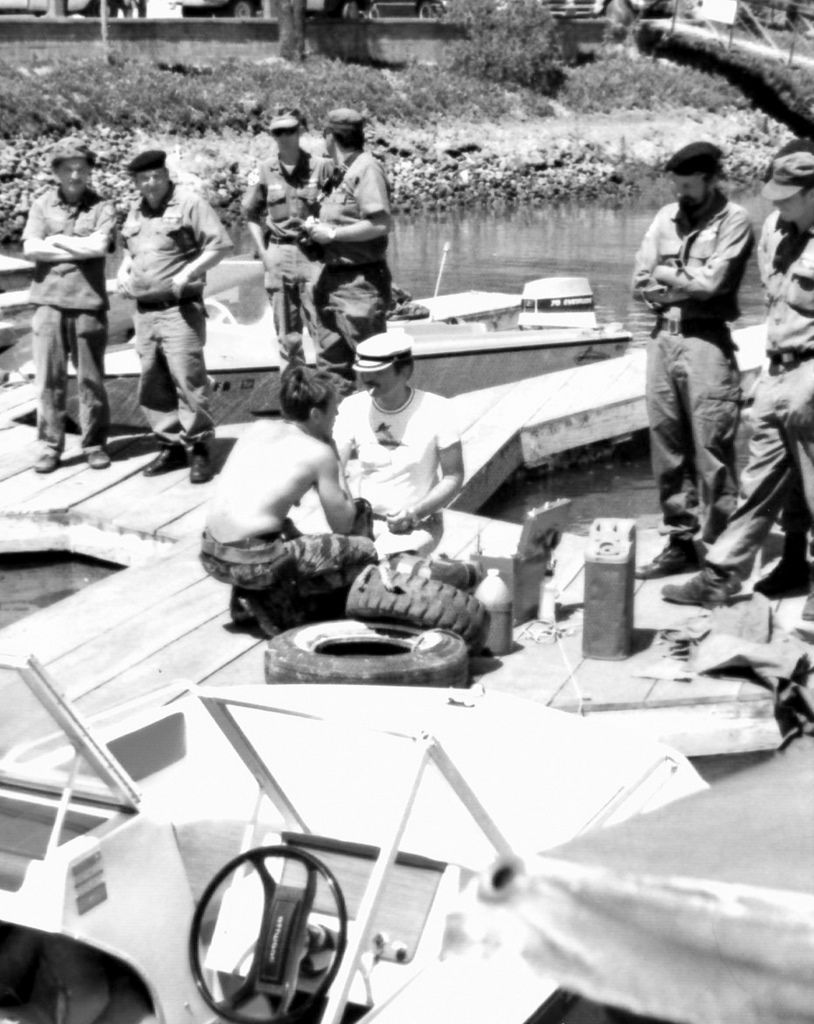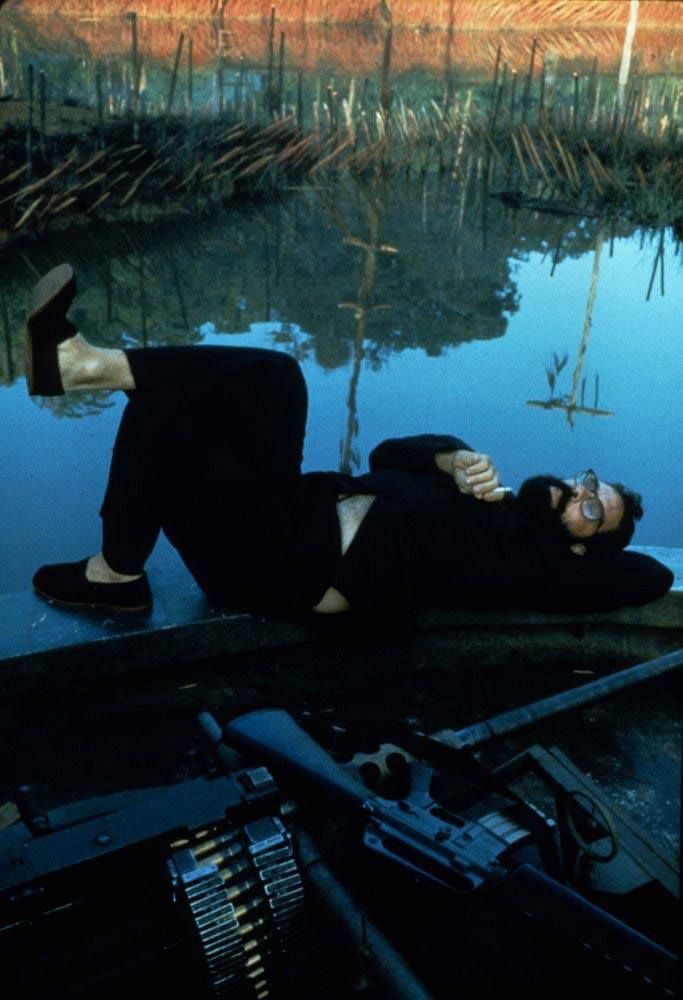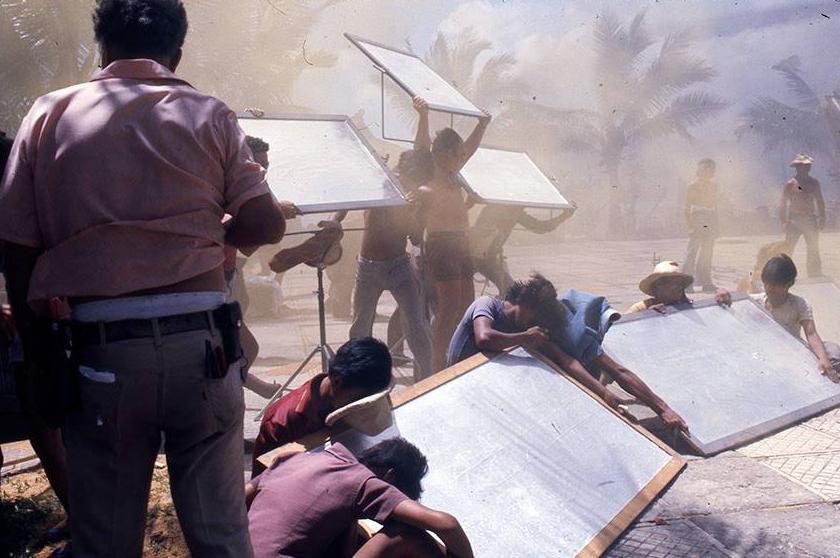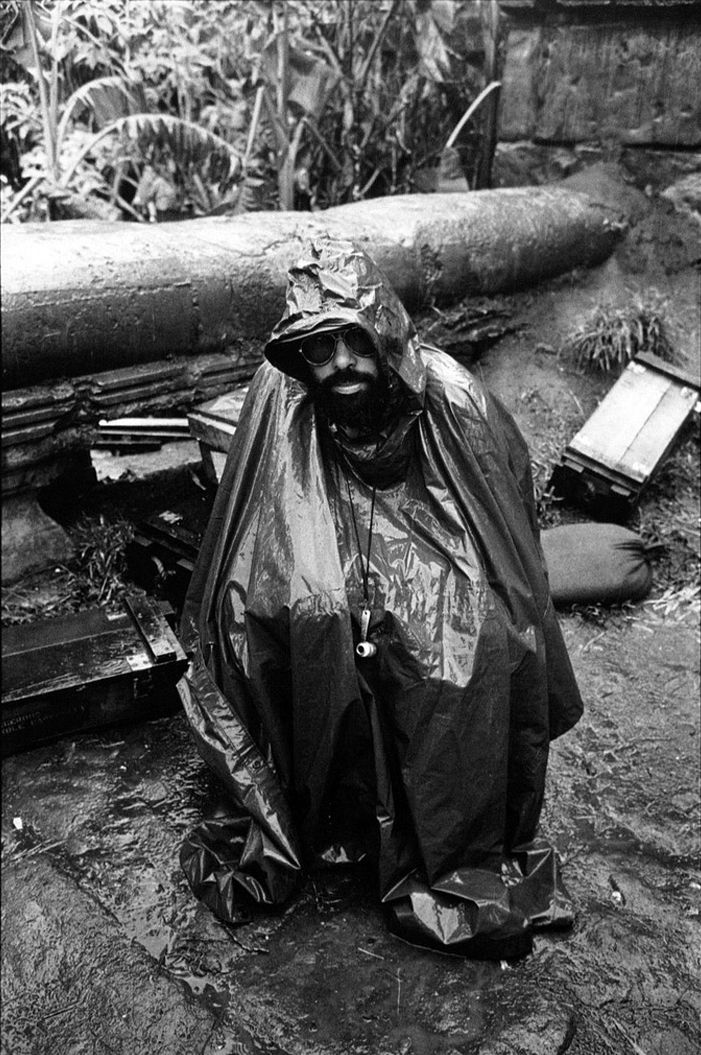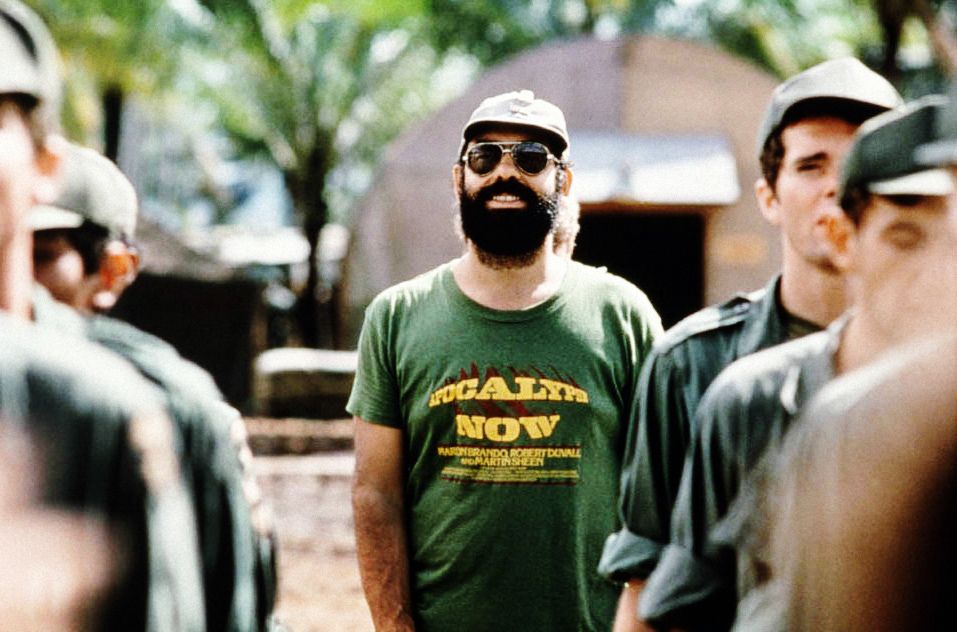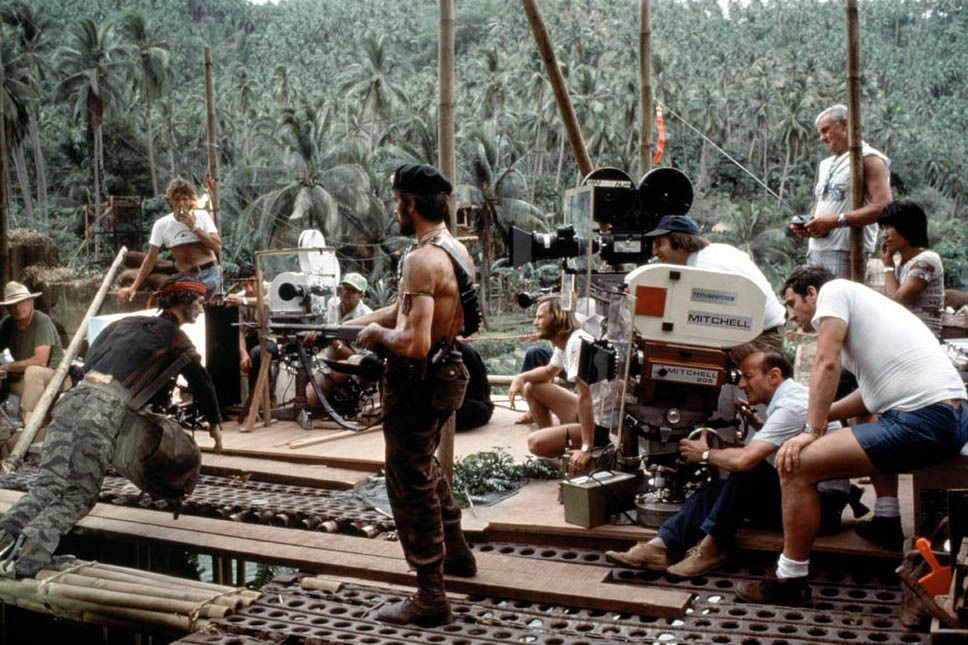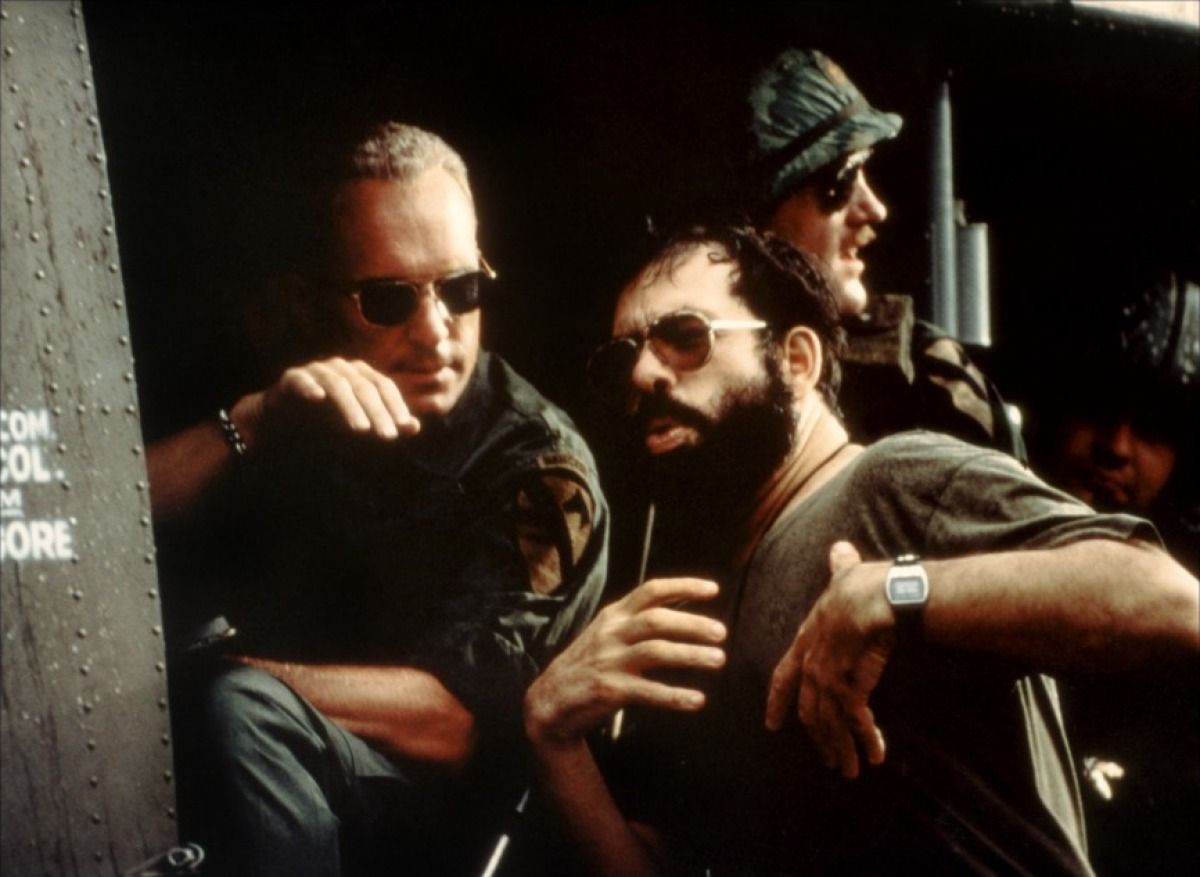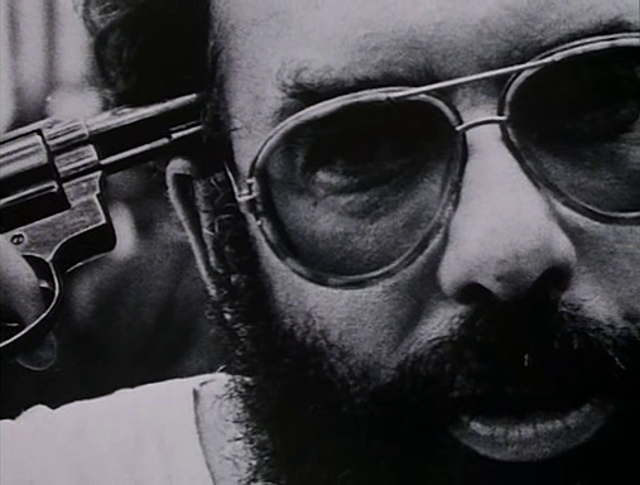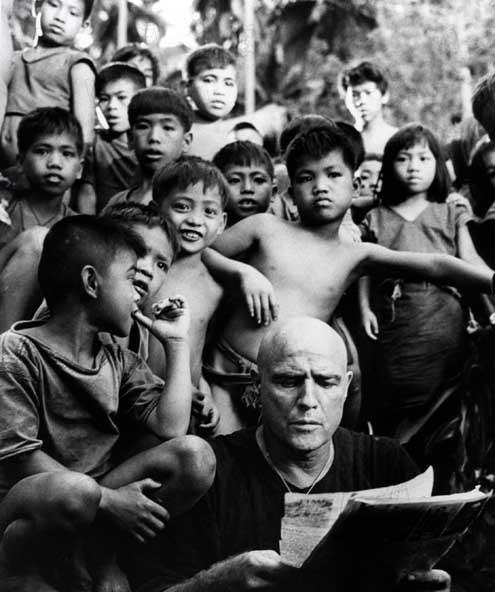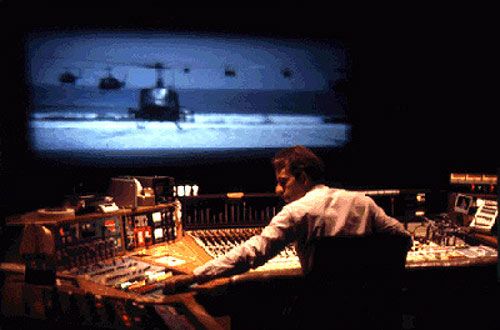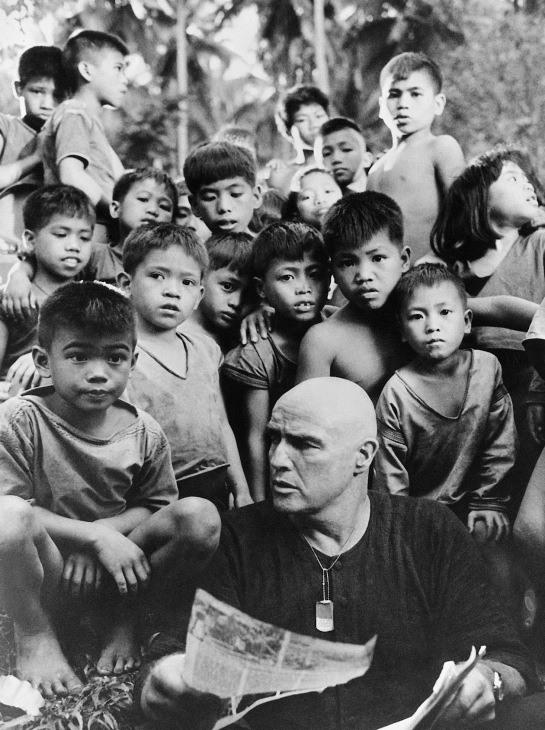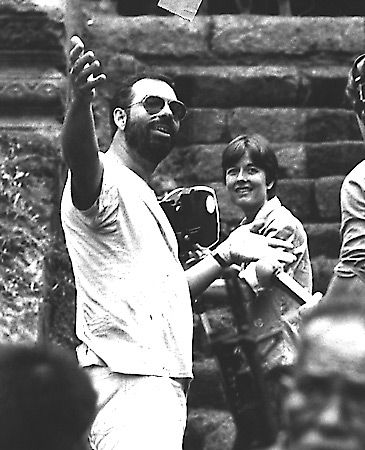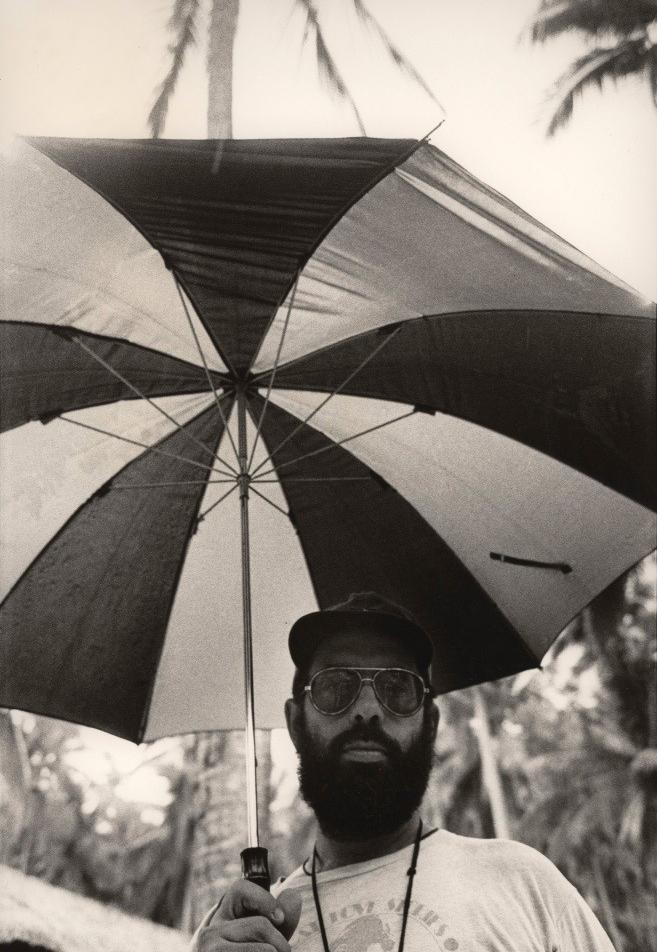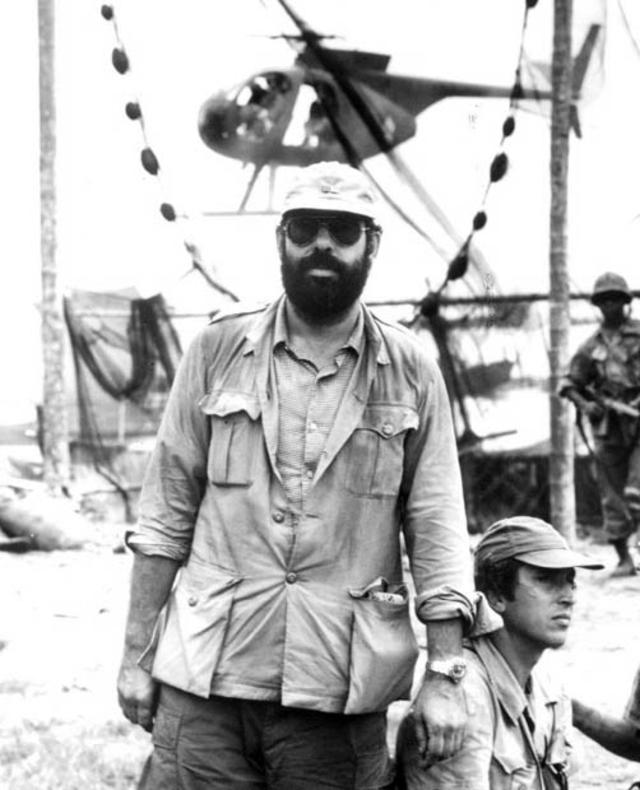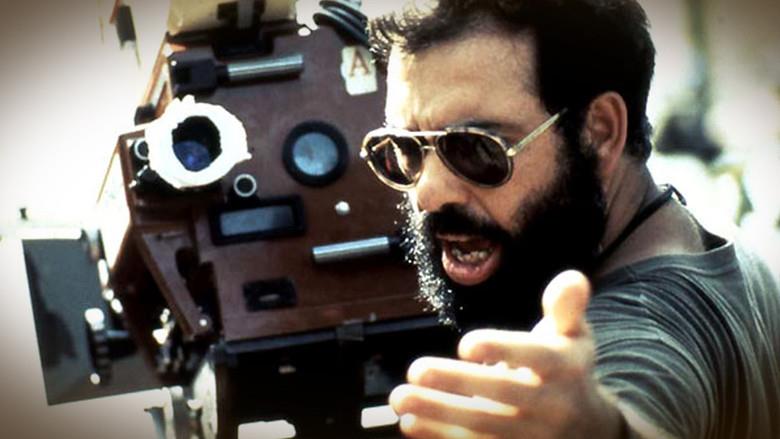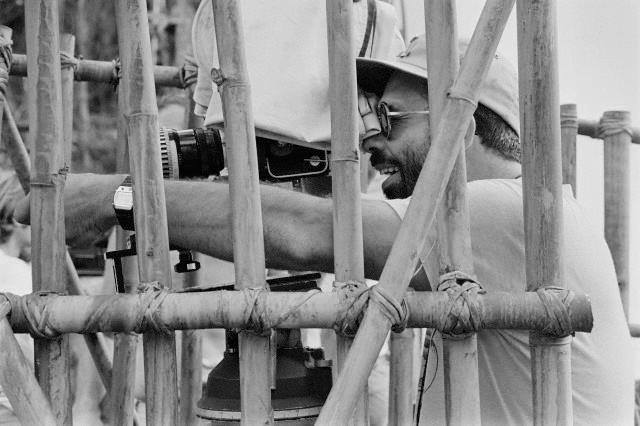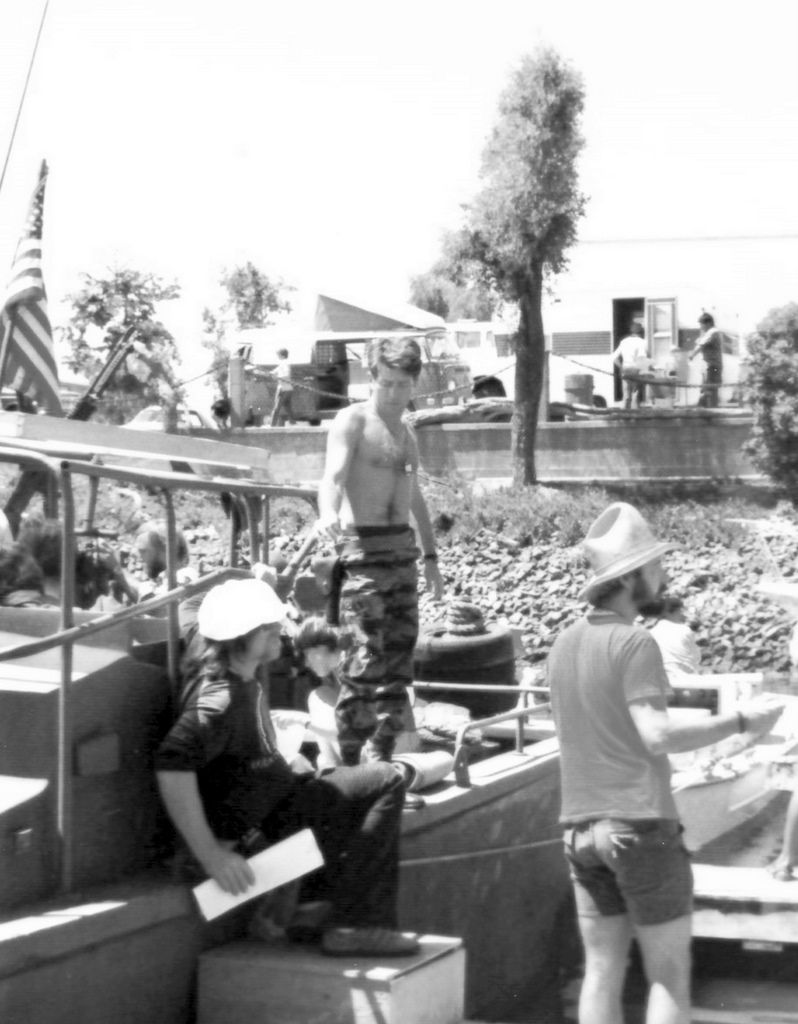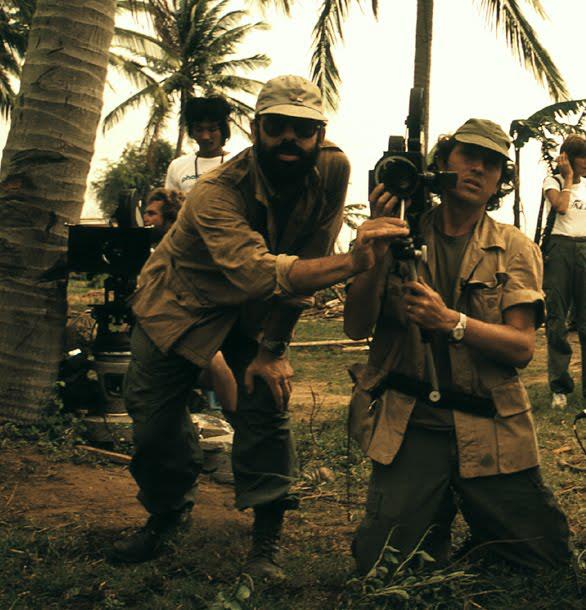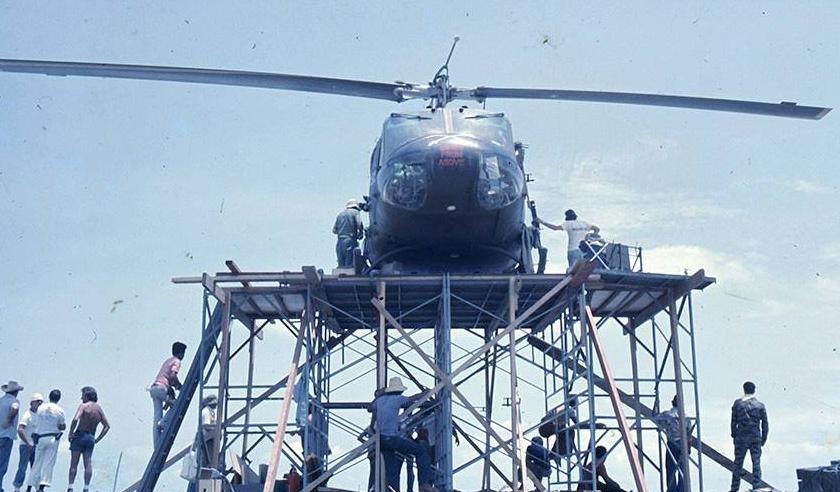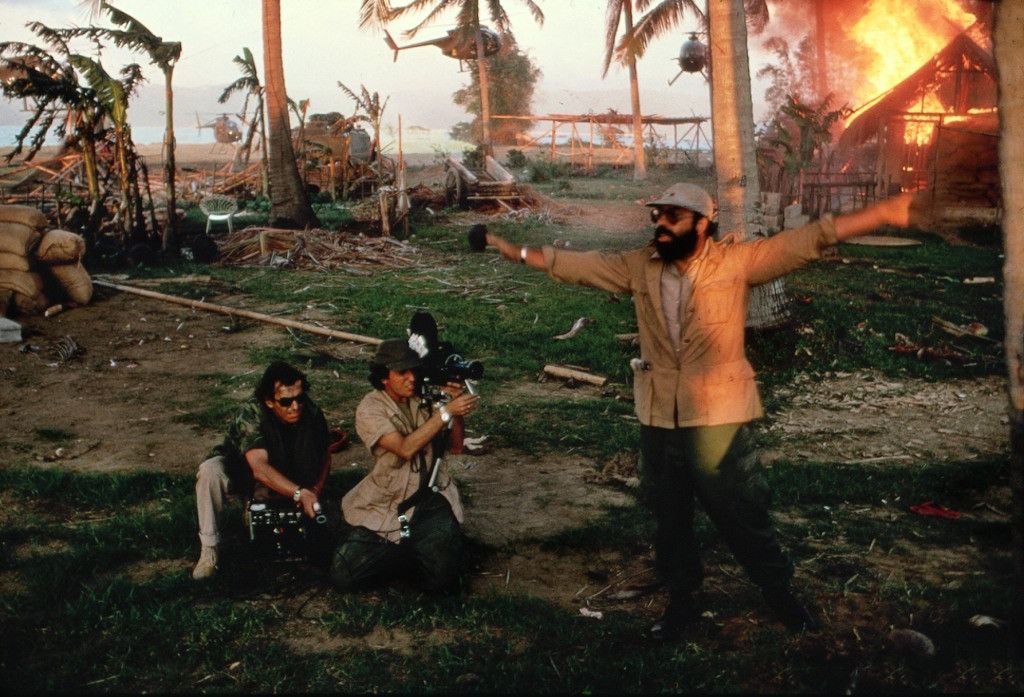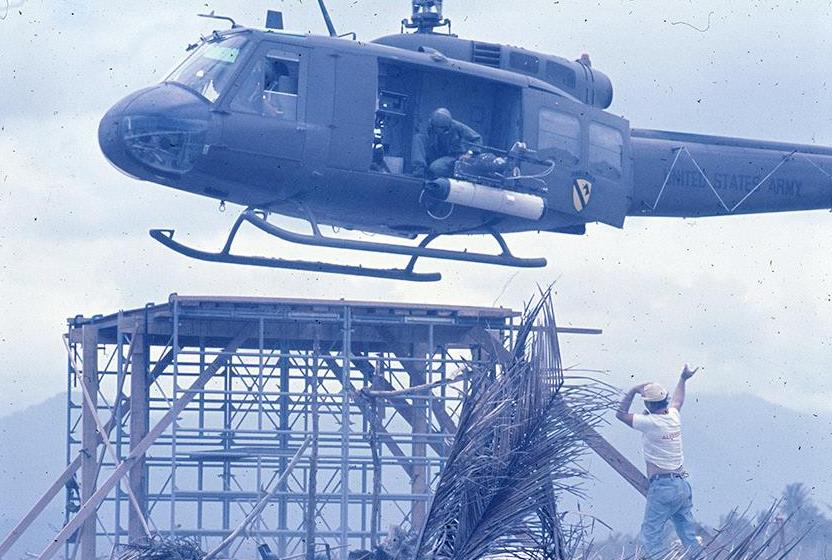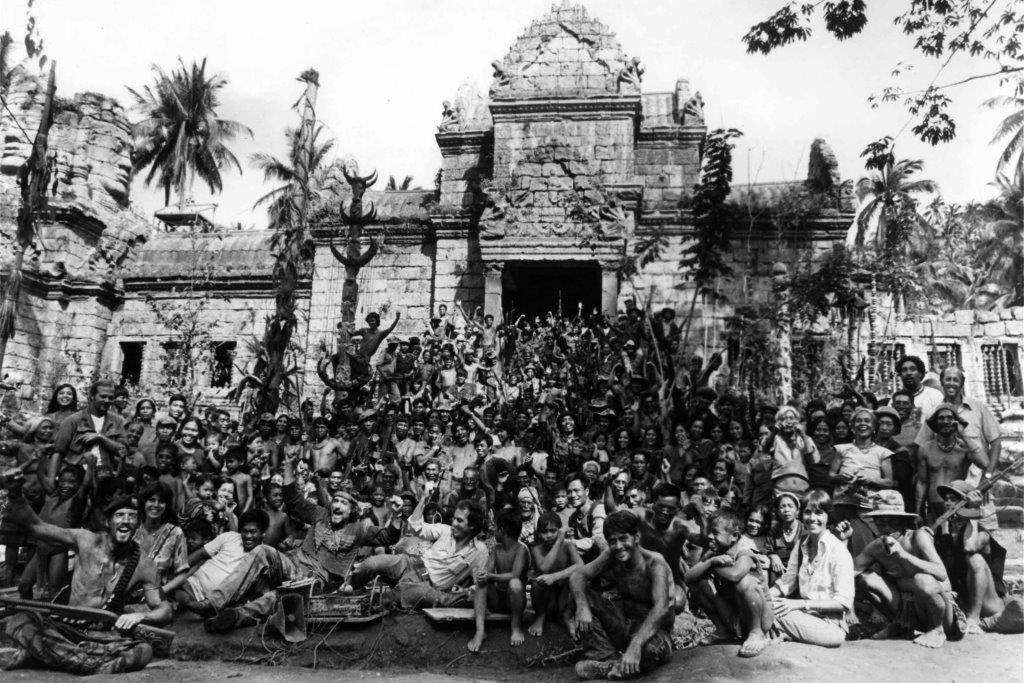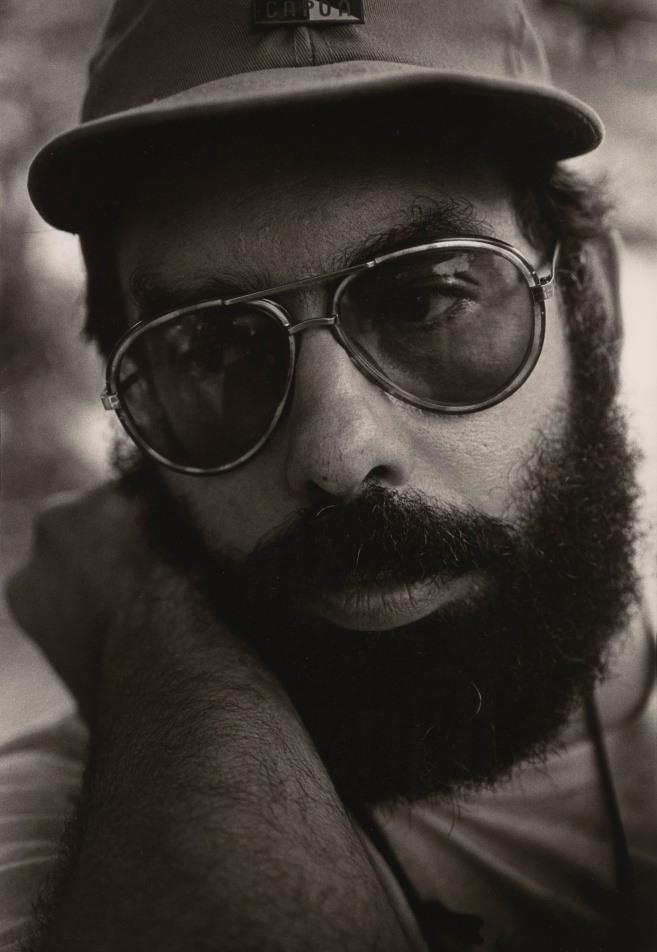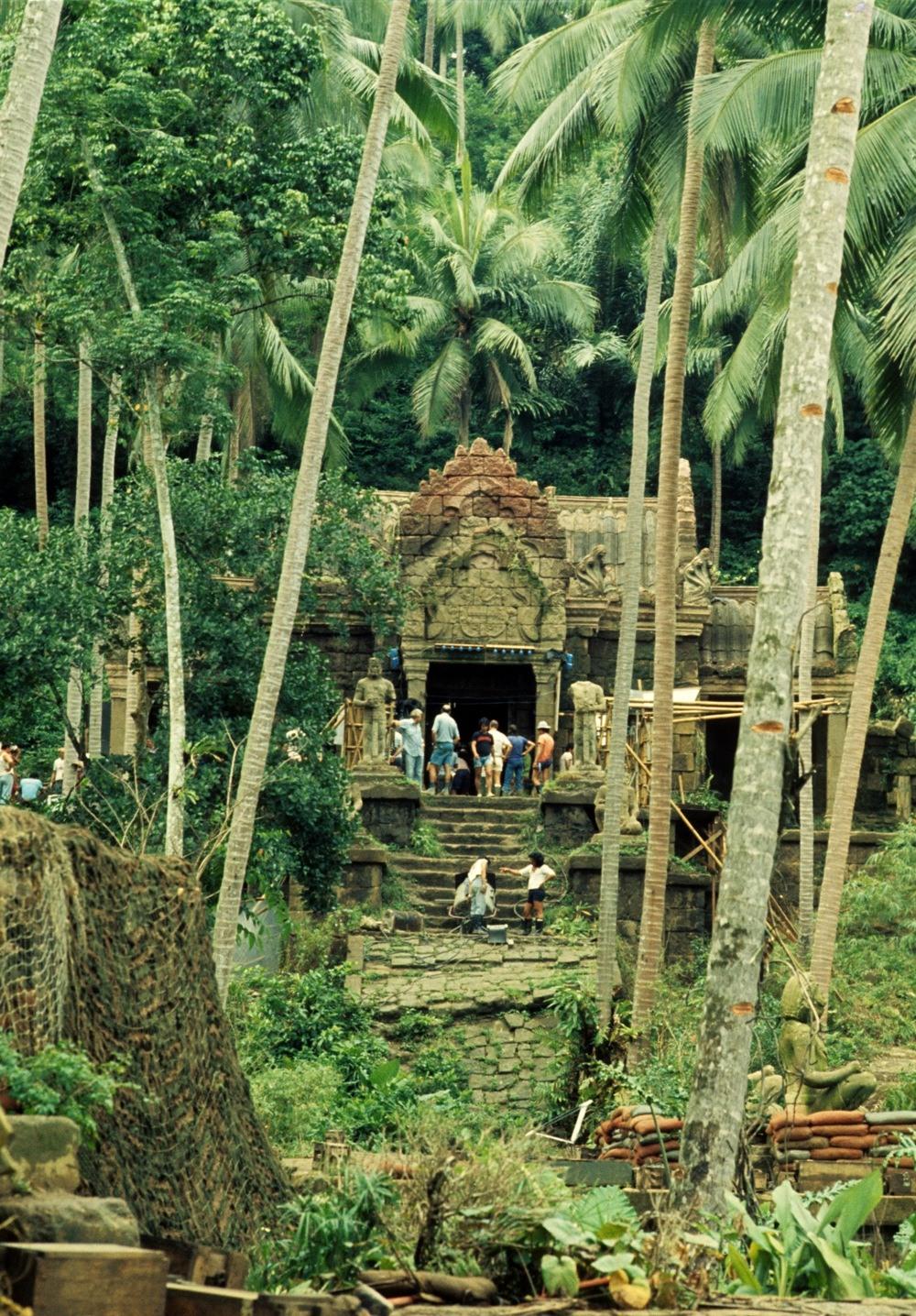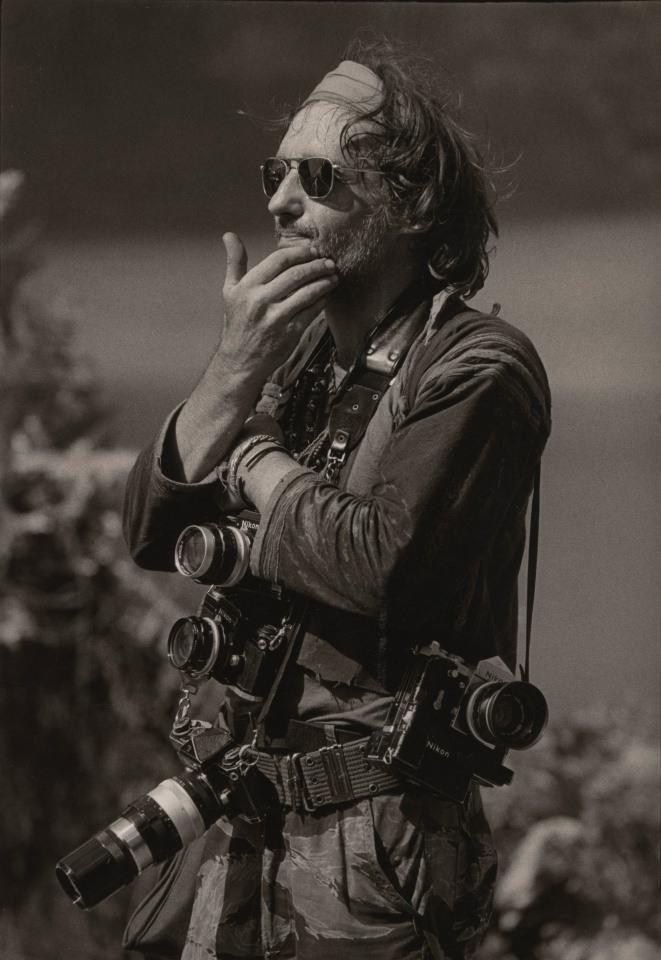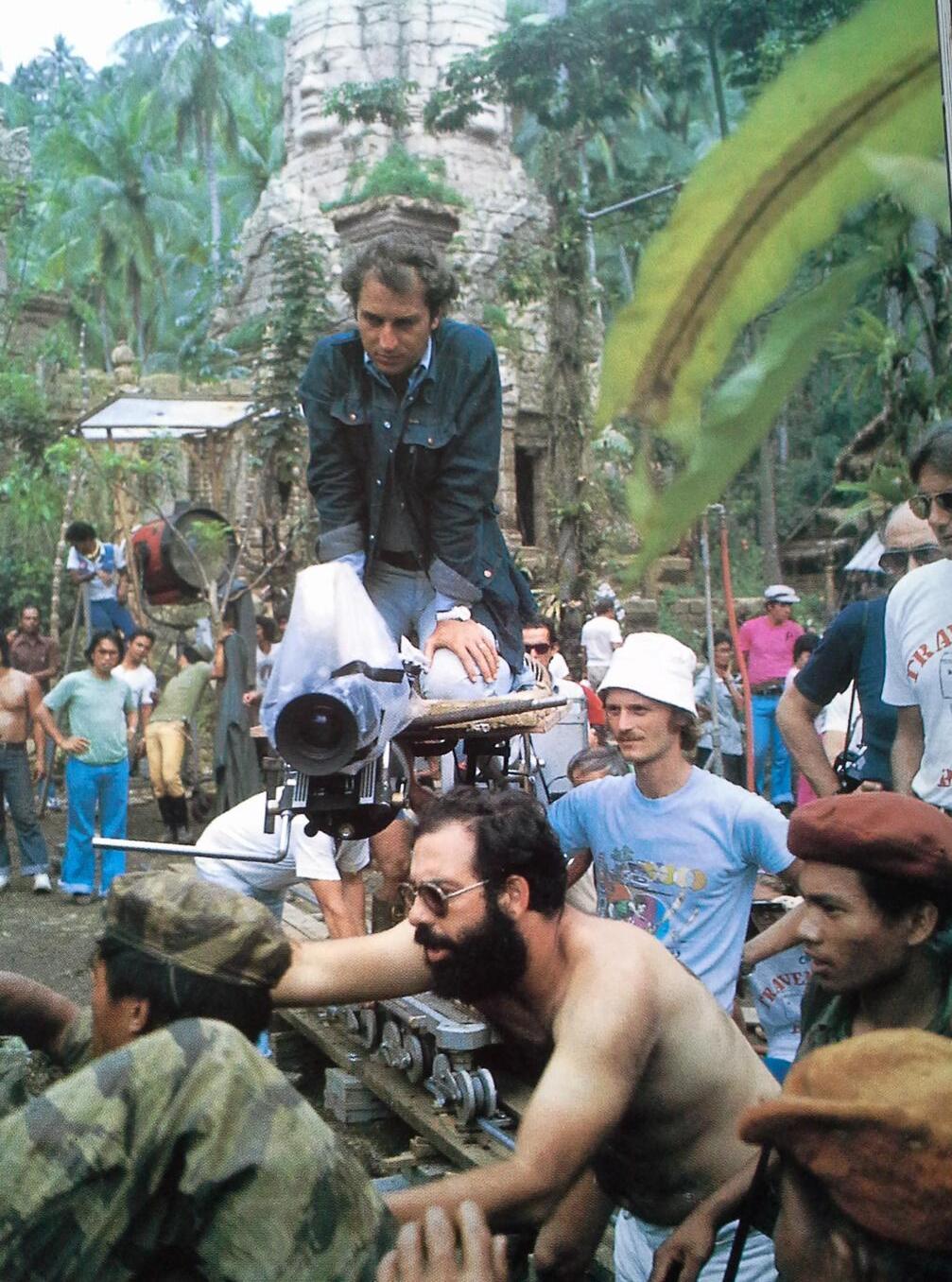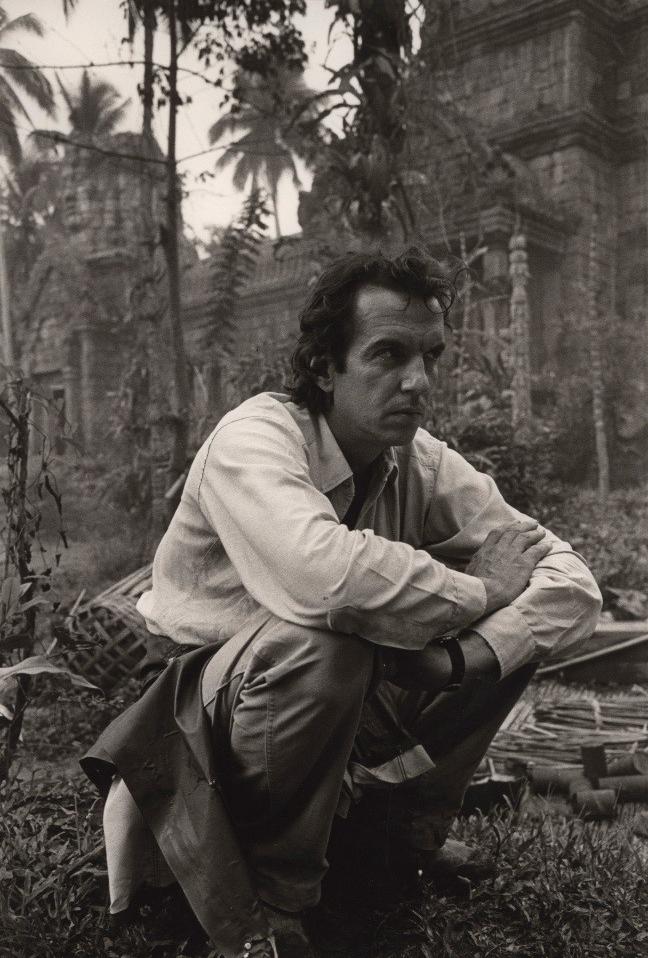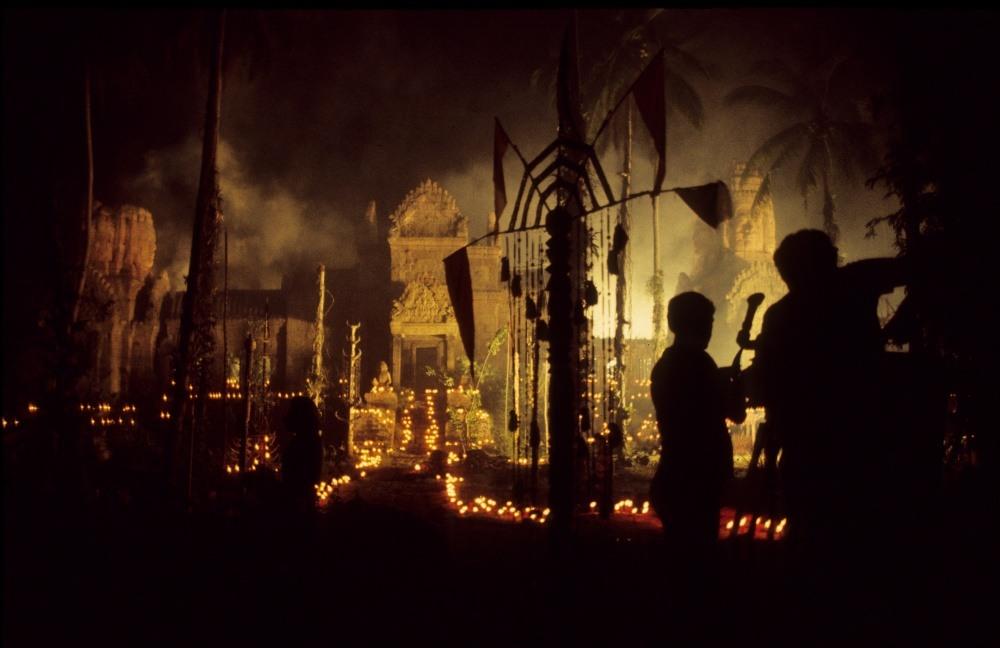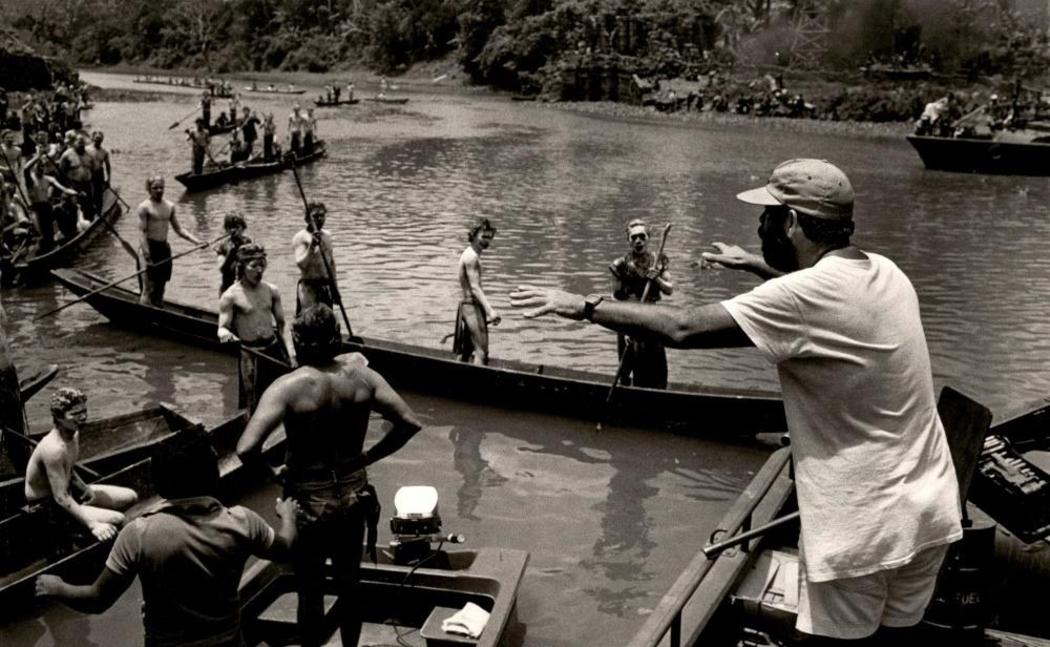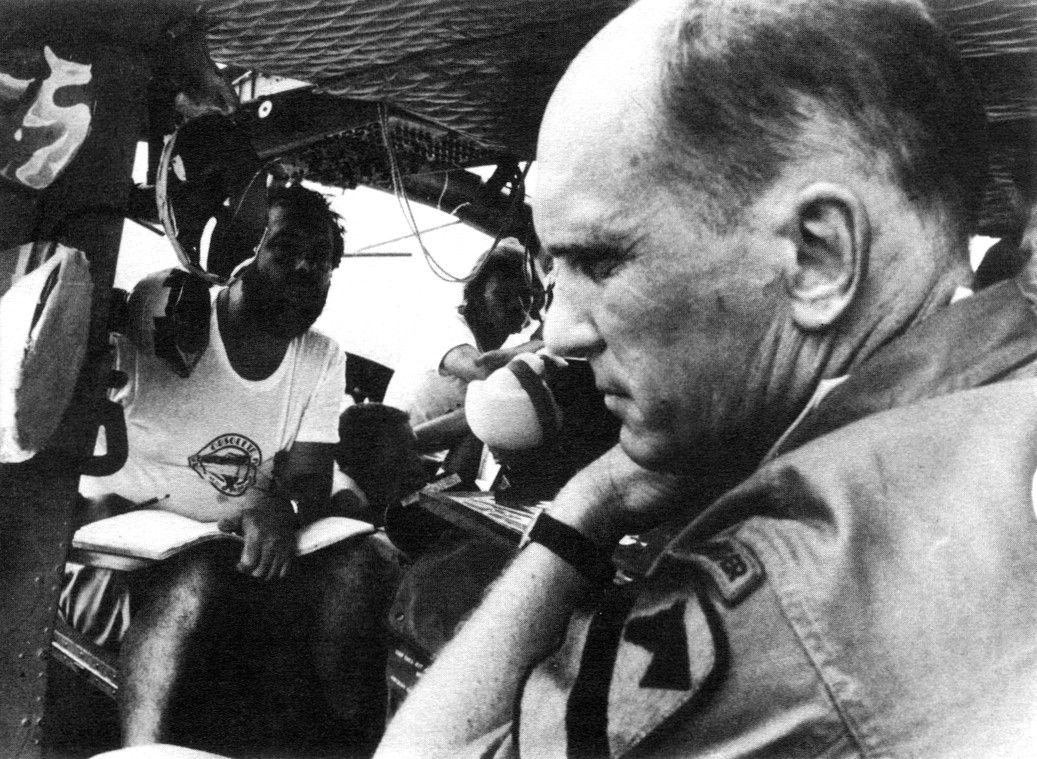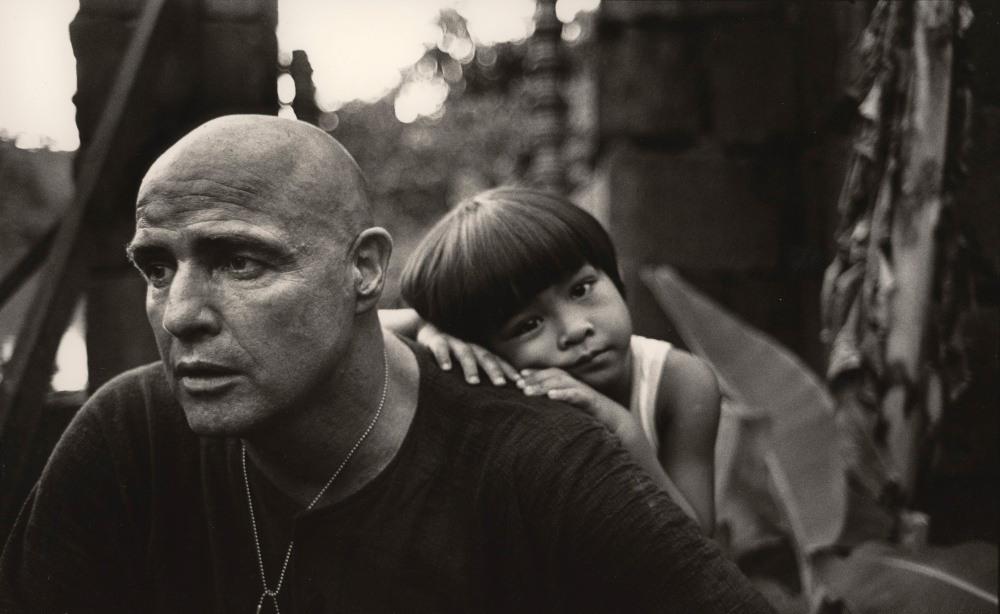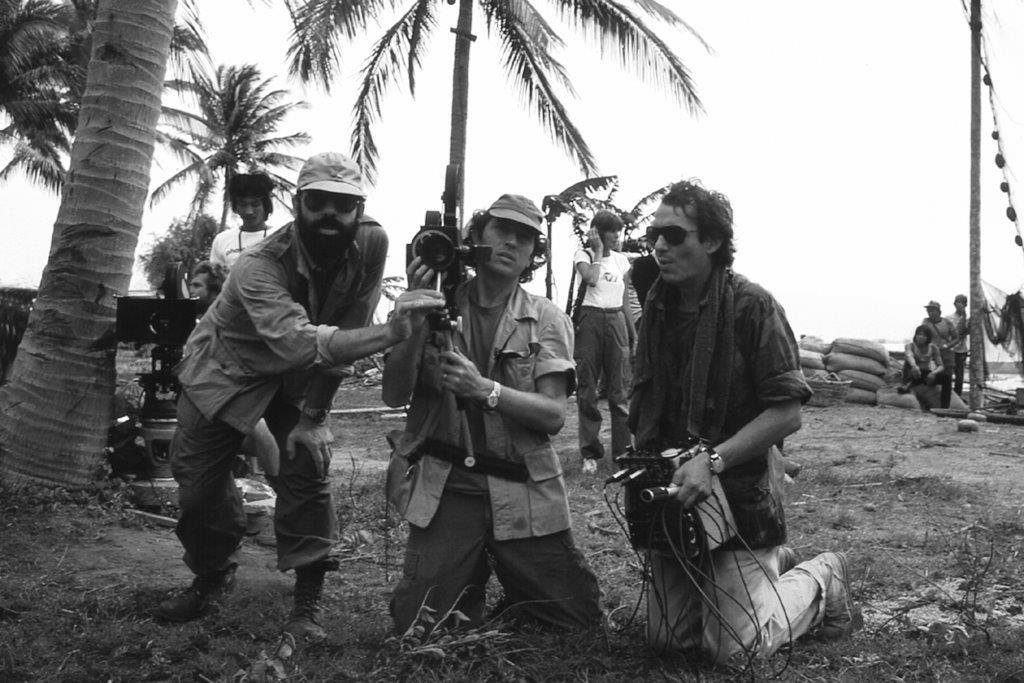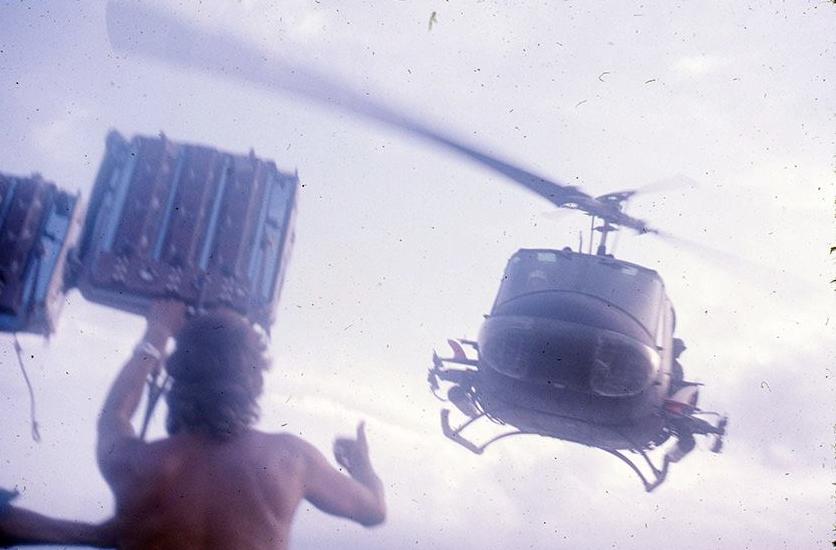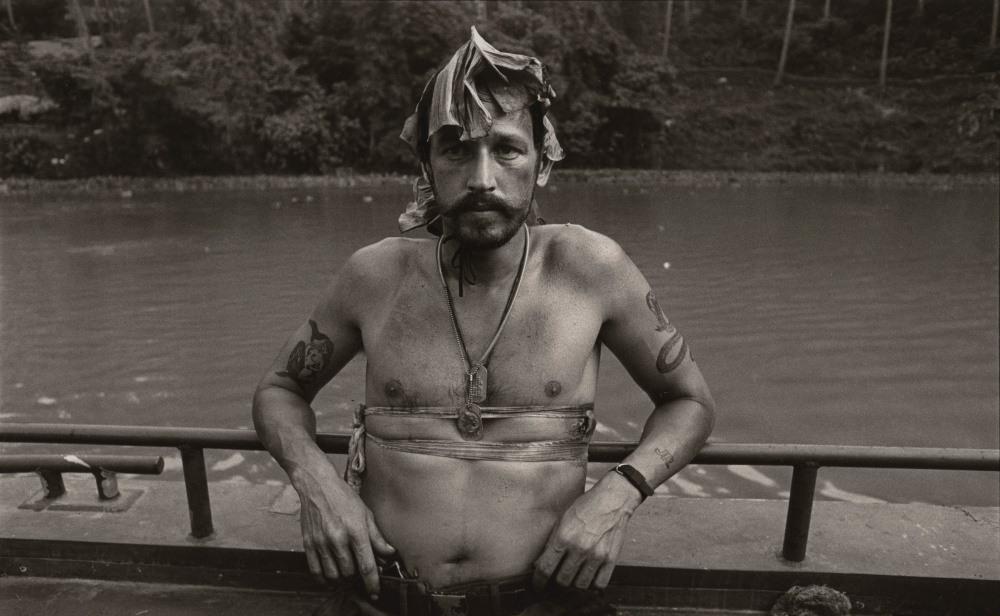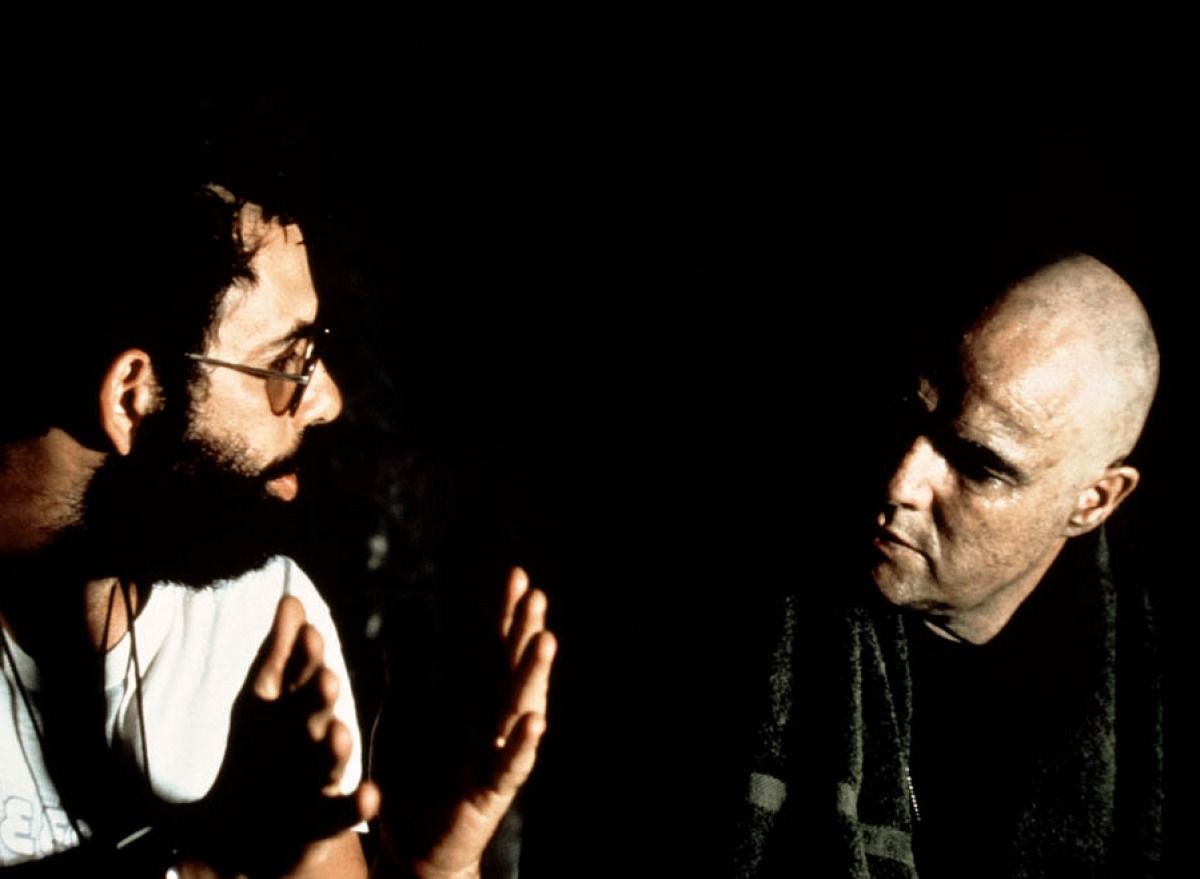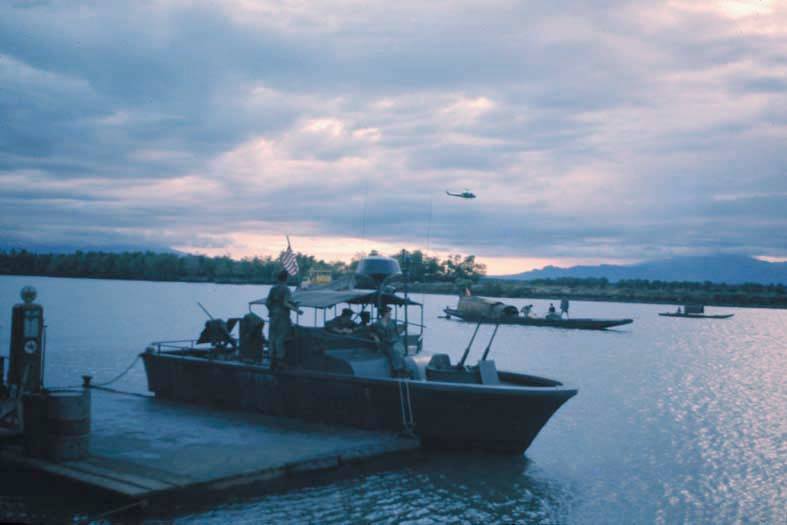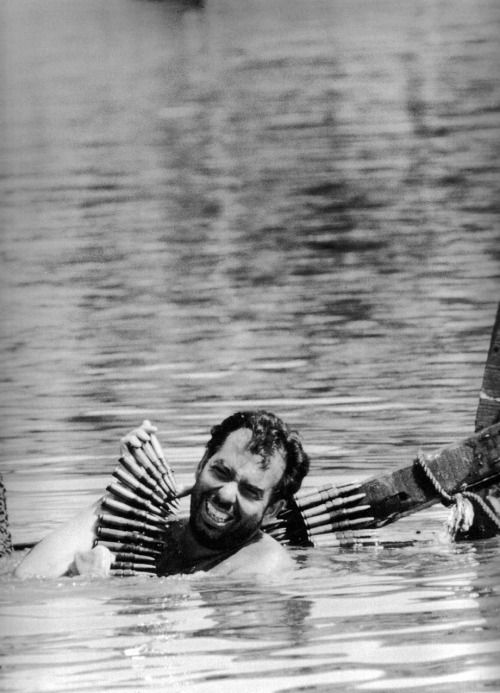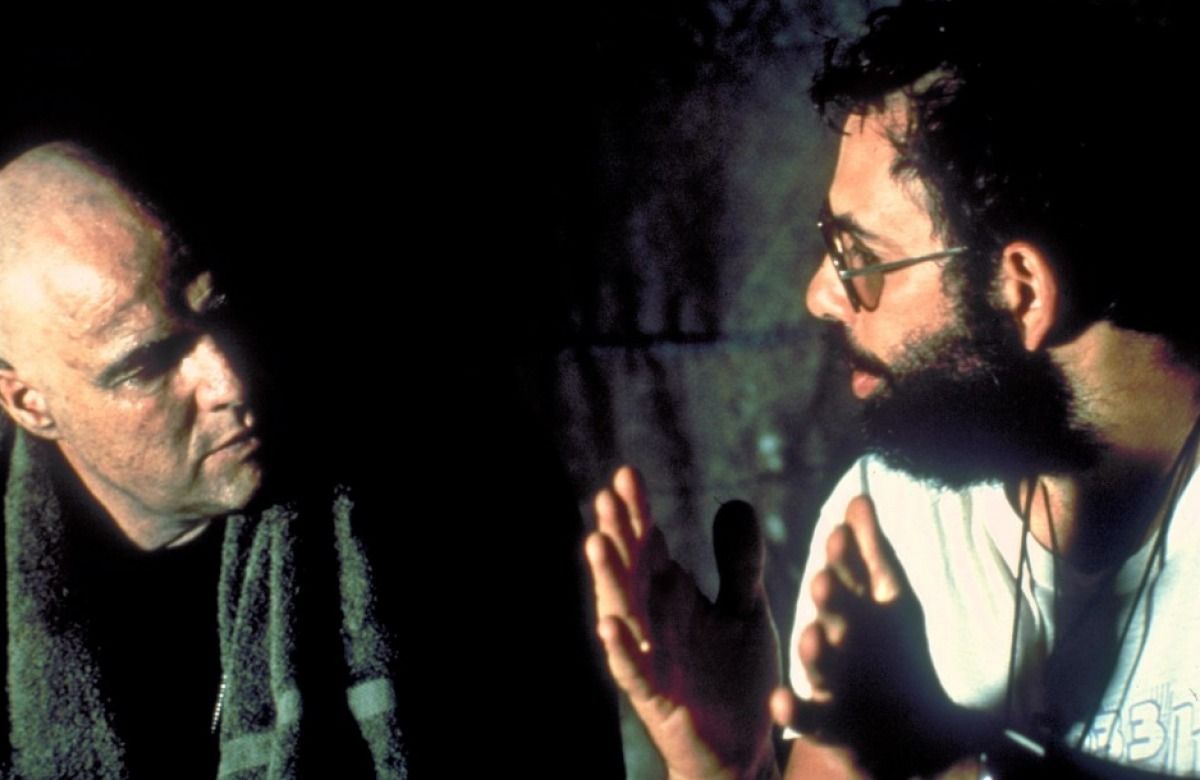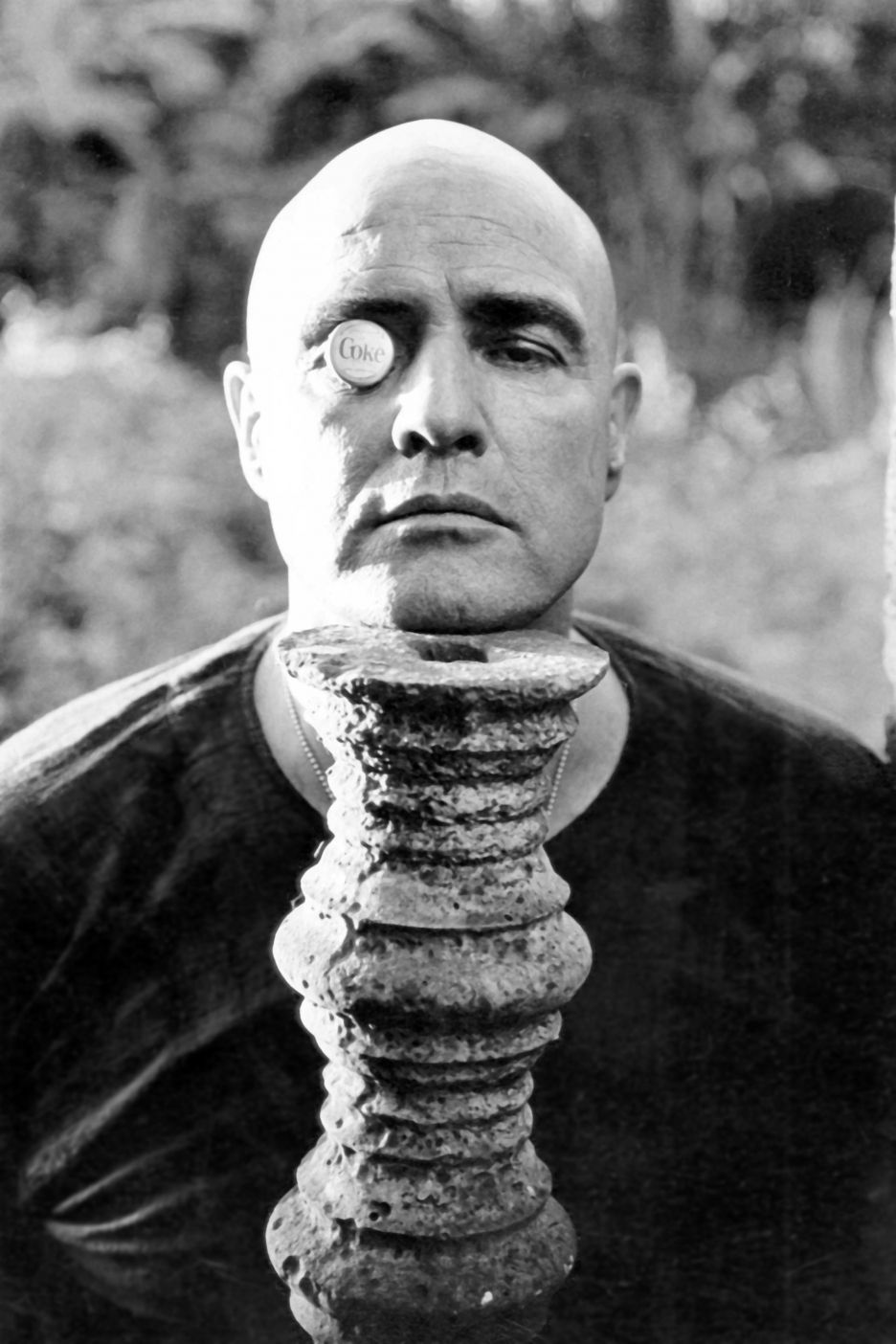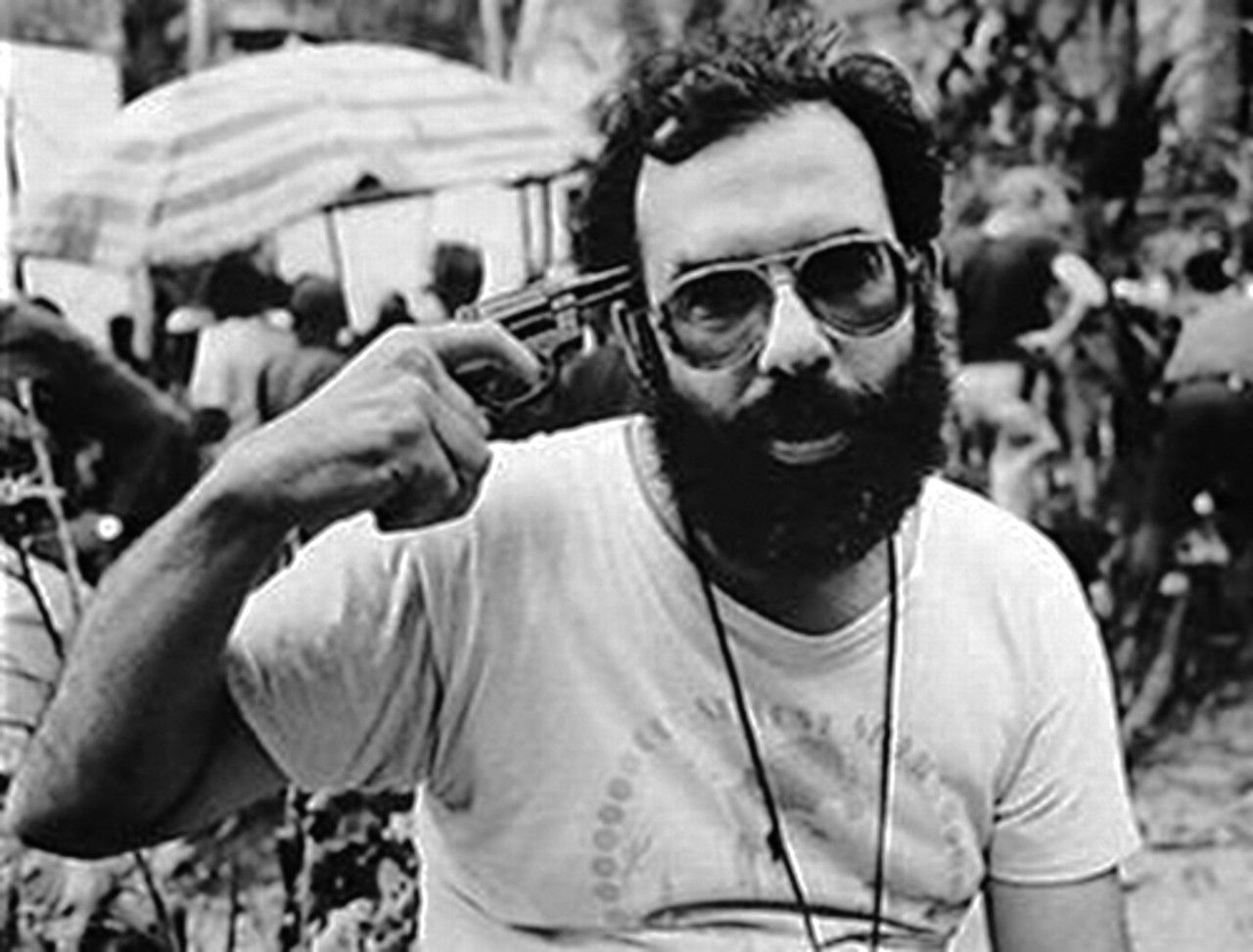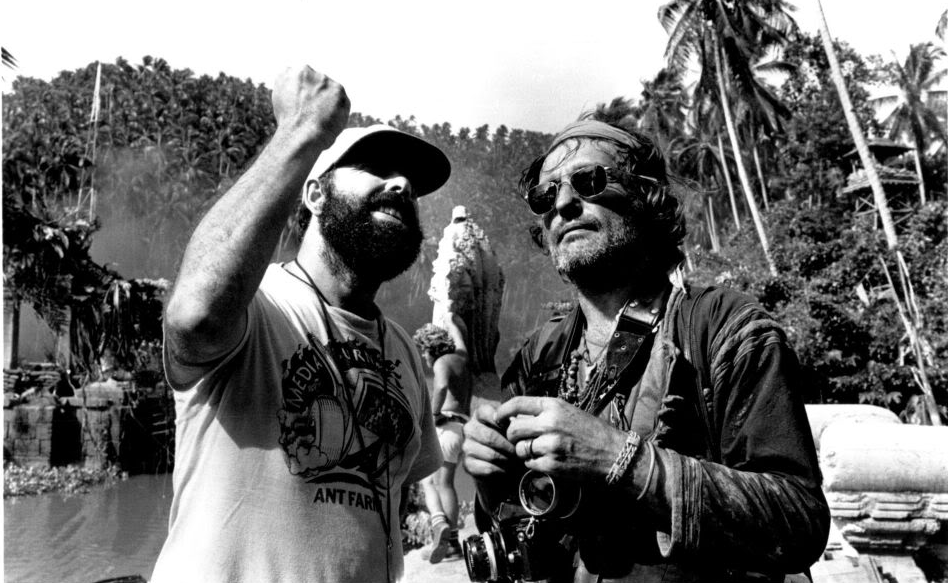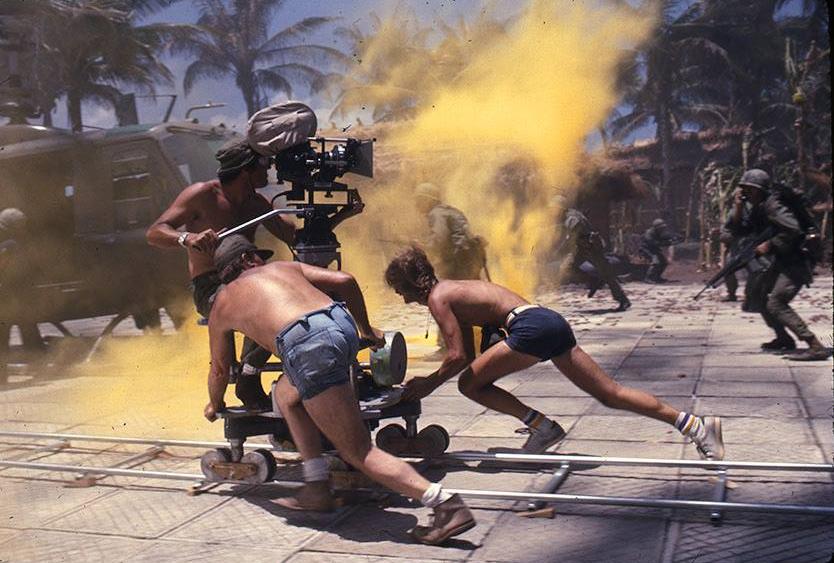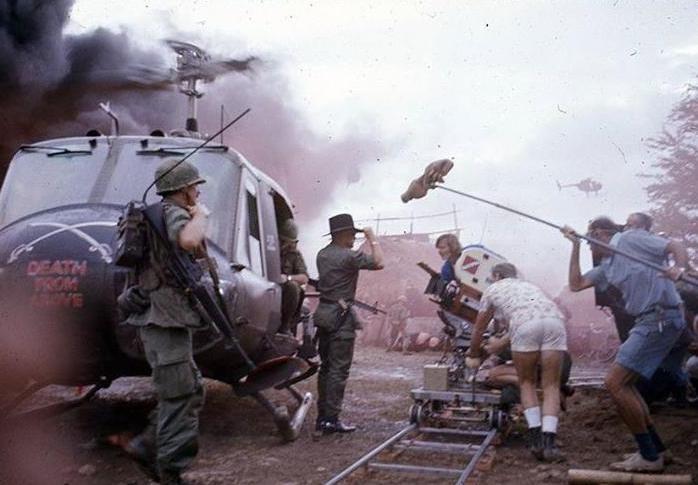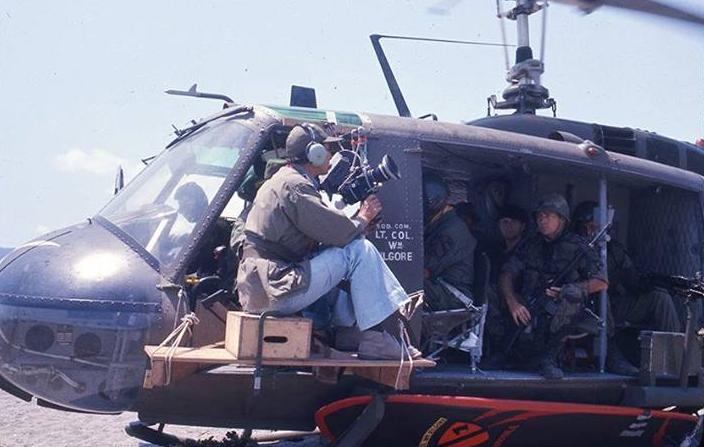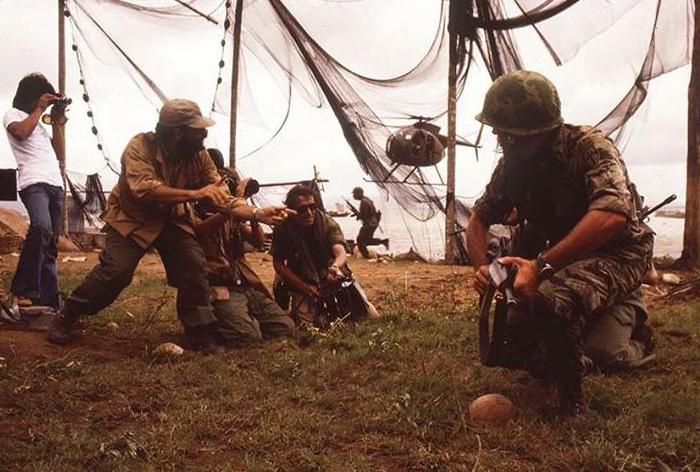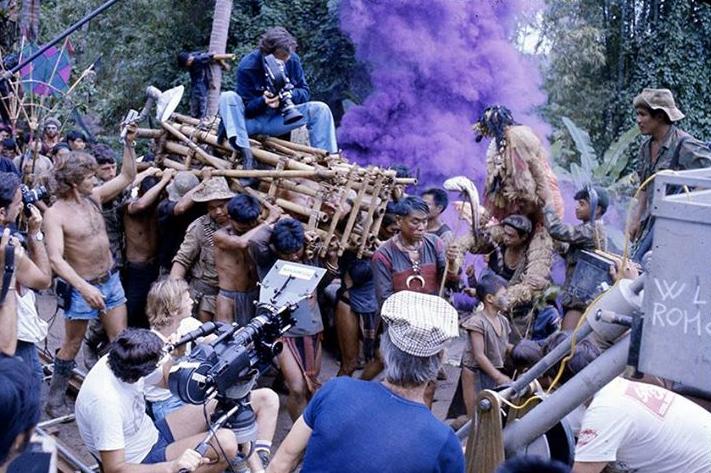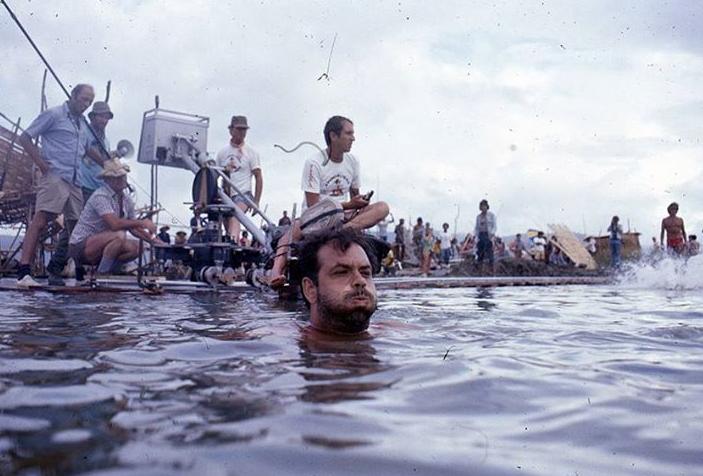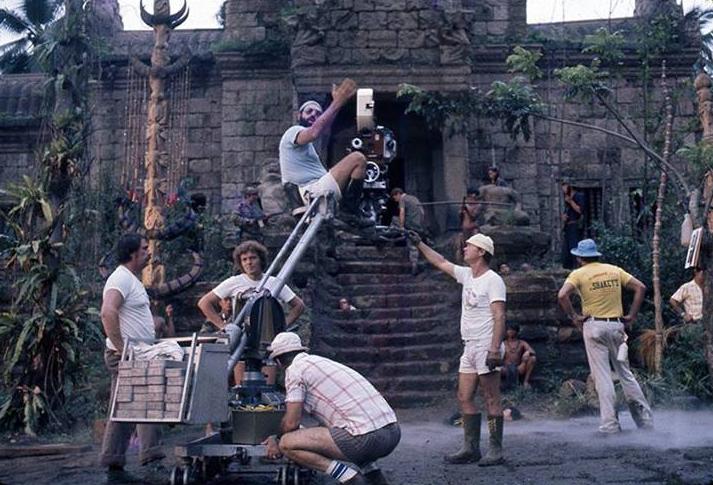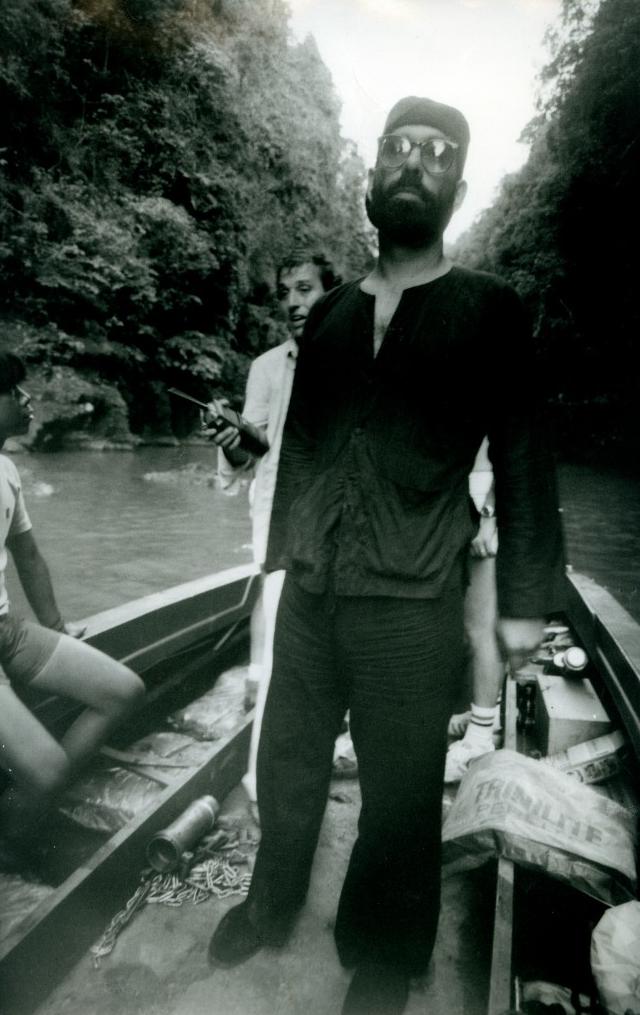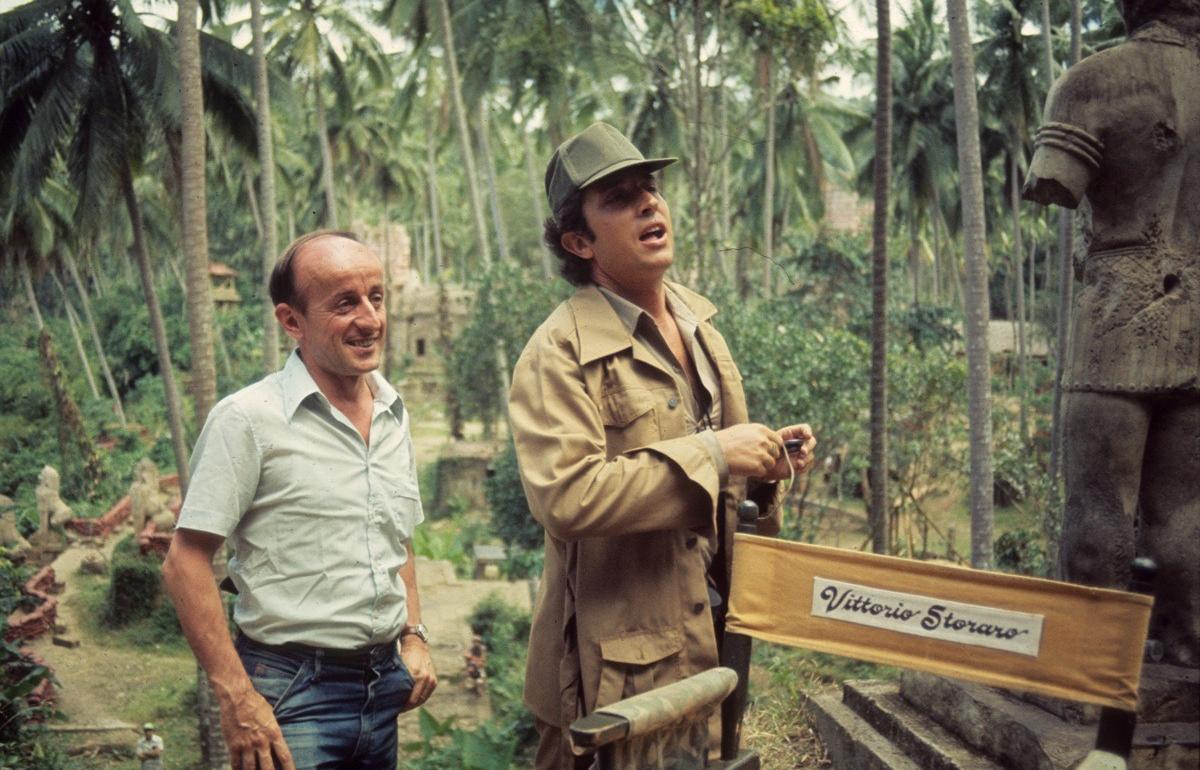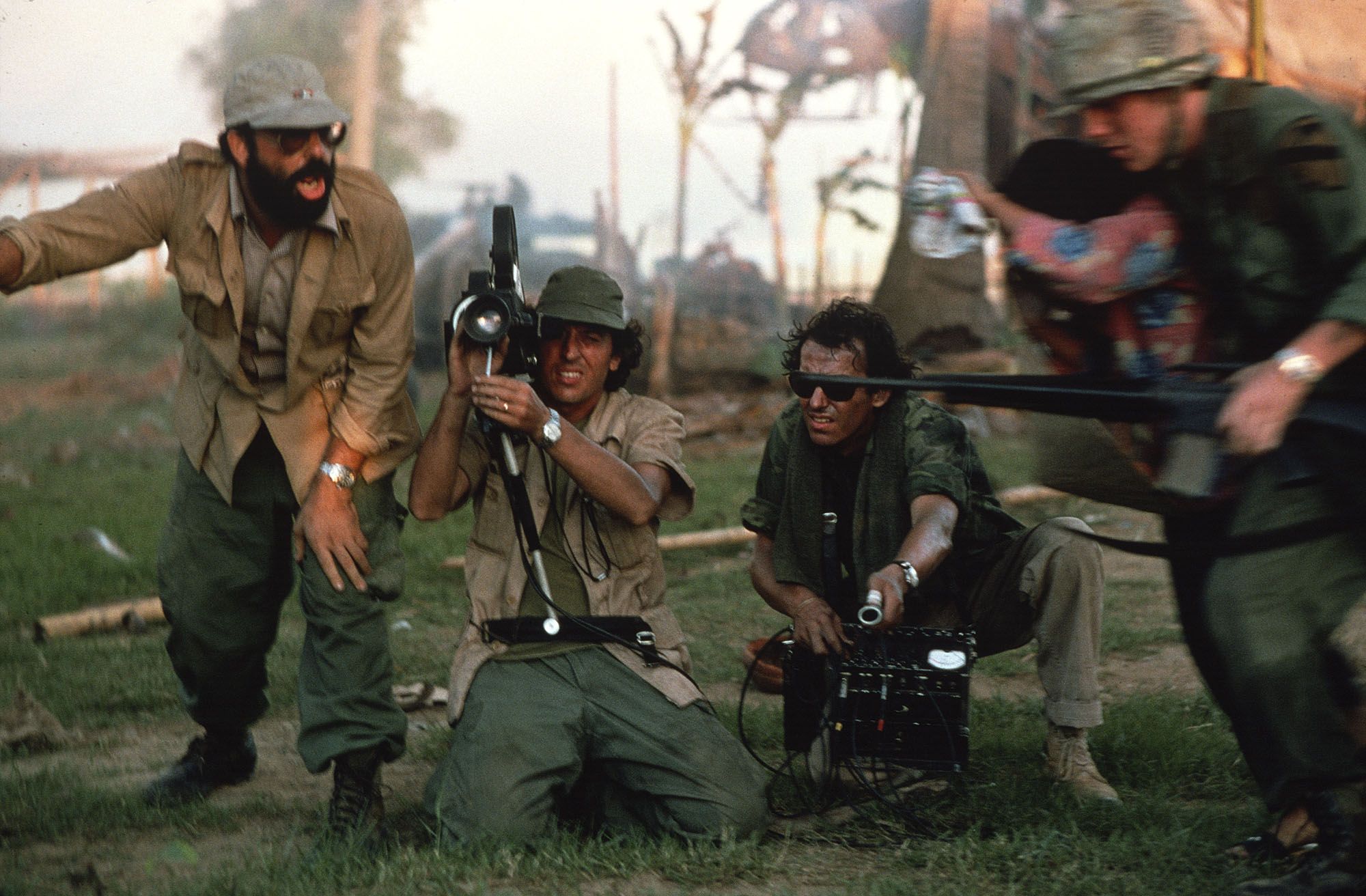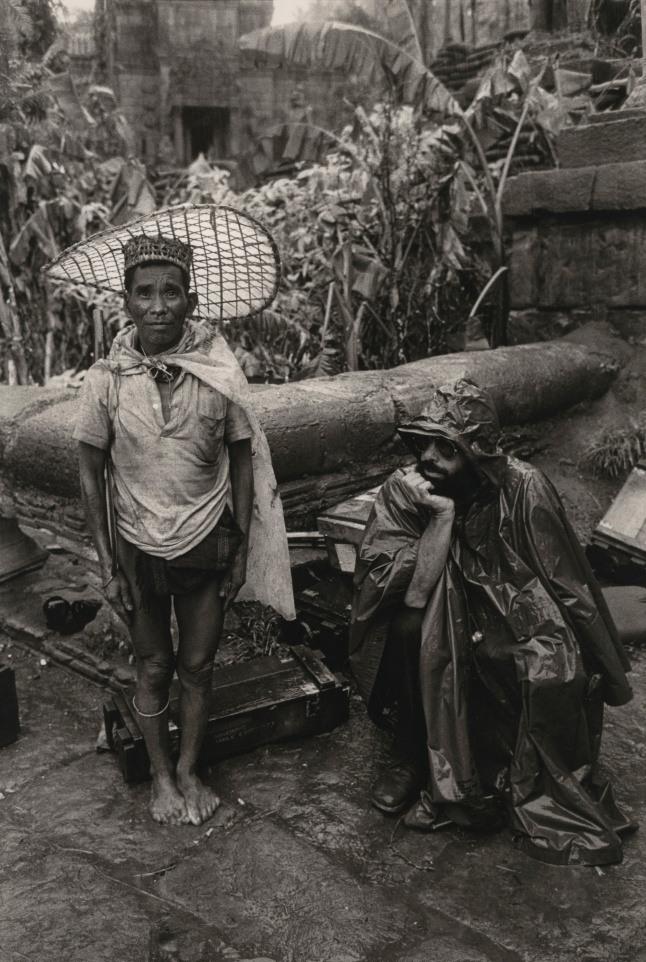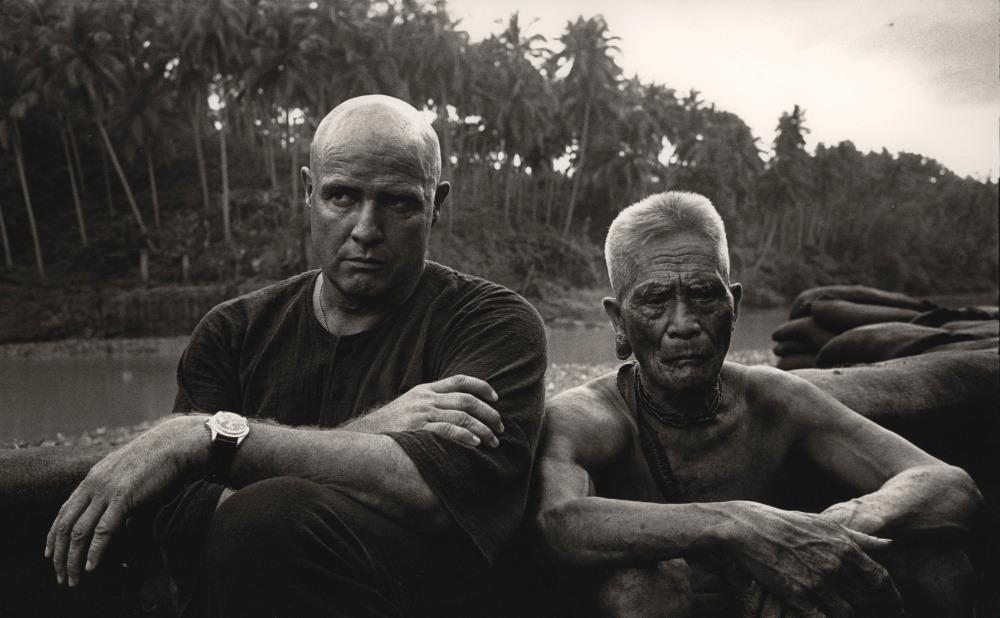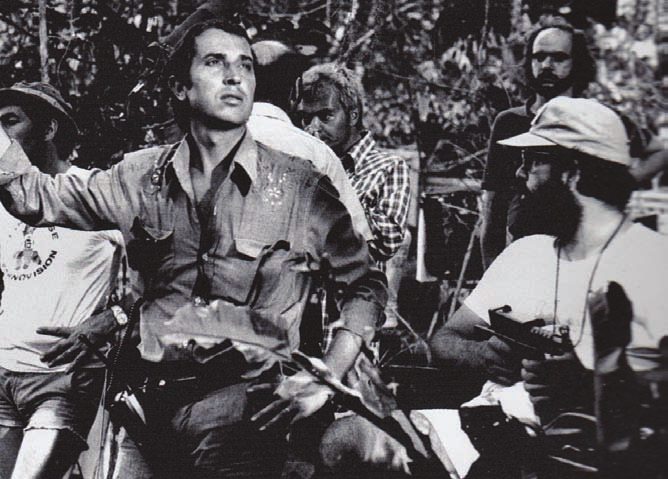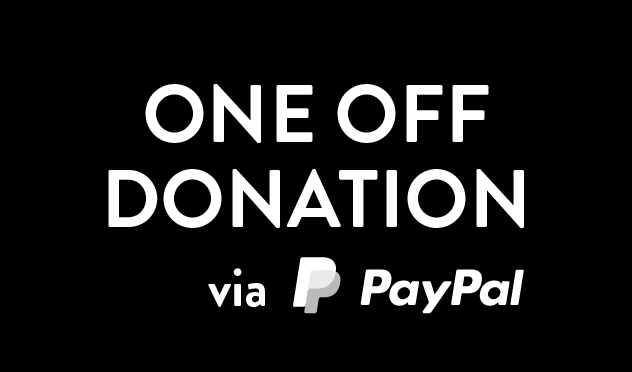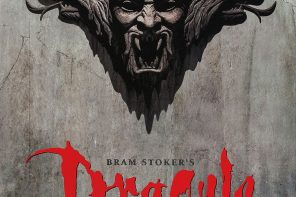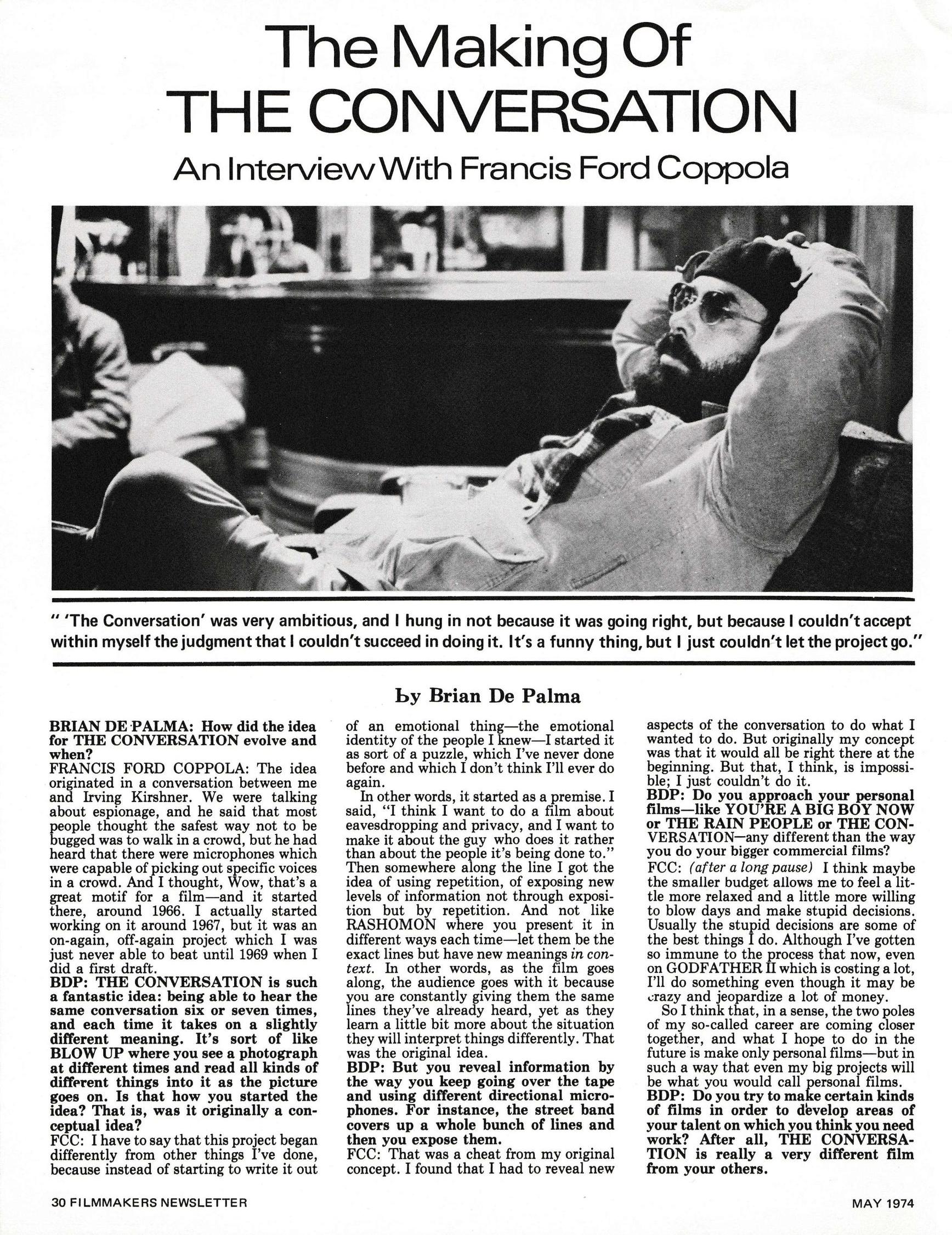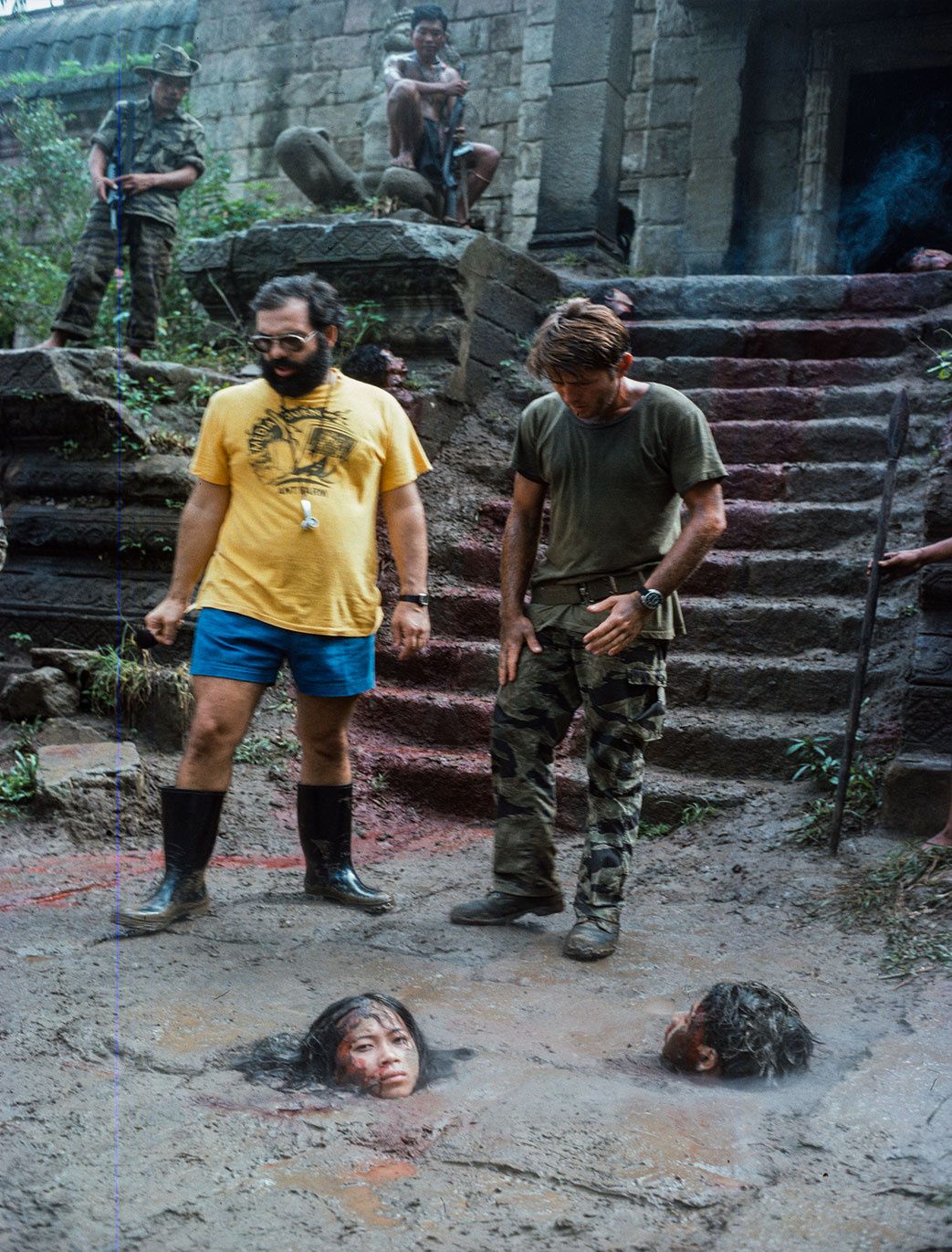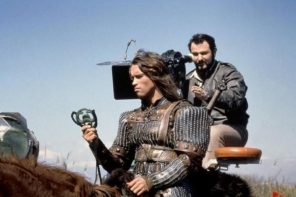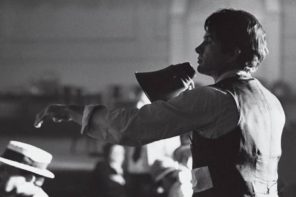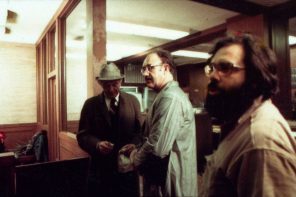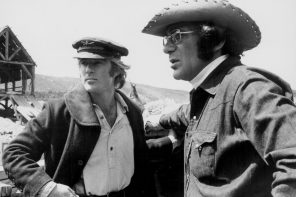People often exaggerate when they talk about films. They get carried away, leaving the cinema emotionally stirred and too impressed to be able to objectively evaluate the quality of what they’ve just seen. A lot of superlatives have been attached to Francis Ford Coppola’s Vietnam War epic Apocalypse Now. But how can a film, especially burdened by as much trouble as this one had to endure, be so monumental? What is it really capable of saying about war, the ever-popular theme for both writers and filmmakers, that we haven’t possibly heard before? We opened our minds and hearts to Coppola and John Milius’ take on Joseph Conrad’s Heart of Darkness (already a lost project by Orson Welles). Not only that none of the positive lines about the film were exaggerated, but we somehow felt words failed to do Apocalypse Now the justice it deserves. We’re talking about one of the greatest films ever made, without a grain of doubt the absolutely best war film we’ve encountered and a work of art that has yet to be matched in war-related, psychologically analytic cinema.
Milius wrote the script back in 1969, but it took ten years for the film to reach the audience. The problems that haunted its production have become quite legendary. Harvey Keitel was cast only to be soon replaced by Martin Sheen, who later suffered a heart attack on set. Typhoon Olga did a number on the Philippine sets, leading to a closure of production. Marlon Brando’s unexpected weight problems—no pun intended—proved an additional burden for Coppola and the crew, as they were forced to alter the screenplay. But whatever plagued the process of creating it, the film ultimately triumphed in Cannes, blew the majority of critics off their feet and entered film history books as an example of clearly visionary, overwhelmingly powerful and heart-wrenchingly insightful cinema that raised the bar very high for all ambitious films to follow.
When I was writing Apocalypse Now I wanted them to meet people and become involved in the war, but I could never think of anything that was appropriate. Every time I would get them into a firefight or an ambush or something it would degenerate into just another meaningless Vietnam war scene. They had to be thrown into the war at its most insane and most intense. —John Milius
Glorious acting from Brando, Sheen, Robert Duvall and many others, fascinating photography by cinematographer Vittorio Storaro who succeeded in bringing the best out of the haunting Philippine scenery and playing with visual symbolism to great effect, Milius and Coppola’s inspired screenplay pierced with some of the greatest lines recorded on celluloid, Walter Murch’s impressive sound work… The unforgettable ‘The End’ by The Doors serves as an effective frame for a series of unforgettable moments, like when all hell breaks loose as the helicopter squadron swoops down on a Vietnam village, probably one of the best scenes ever filmed. Trying to explain what’s so divine about this film is to some degree like dueling with windmills. As painfully inadequate as these words might be, they are nonetheless the truth: Apocalypse Now must be the key lecture in anyone’s filmmaking education.
My film is not a movie. My film is not about Vietnam. It is Vietnam. It’s what it was really like. It was crazy. And the way we made it was very much like the way the Americans were in Vietnam. We were in the jungle. There were too many of us. We had access to too much money, too much equipment, and little by little, we went insane. —Francis Ford Coppola
A monumentally important screenplay. Dear every screenwriter/filmmaker, read John Milius & Francis Ford Coppola’s screenplay for Apocalypse Now [PDF1, PDF2]. (NOTE: For educational and research purposes only). The DVD/Blu-ray of the film is available at Amazon and other online retailers. Absolutely our highest recommendation.
 Loading...
Loading...
Featuring highlights from the Margaret Herrick Library and the Academy Film Archive.
CASTING ‘APOCALYPSE NOW’
This trade announcement from 1976 featured numerous first choices for Apocalypse Now not cast in the final film.
THE OPENING OF ‘APOCALYPSE NOW’
As originally scripted, the first two scenes were conceived differently than what was seen in the final film (which opens with a more abstract jungle attack and Willard’s nonverbal introduction to ‘The End’ by The Doors).
Apocalypse Now was primarily shot in the Philippines, after previous location scouting had covered other possibilities like Queensland.
The continuity of Apocalypse Now involved numerous different locations, costume changes, and alterations in the appearance of the main characters over the lengthy shoot.
MAPPING ‘APOCALYPSE NOW’
An amazingly detailed map created for the filming of Coppola’s Vietnam War epic. To see more of the map and learn about it, go here.
MARLON BRANDO
The Oscar-winning actor was cast as Col. Kurtz in Apocalypse Now by director Francis Ford Coppola, reuniting the famous actor-director pairing from THE GODFATHER.
ELEANOR COPPOLA
The documentarian and wife of Francis Ford Coppola chronicled the making of Apocalypse Now; her footage was used as the foundation for the 1991 documentary Hearts of Darkness: A Filmmaker’s Apocalypse co-directed with George Hickenlooper and Fax Bahr.
THE ALTERNATE ENDING OF ‘APOCALYPSE NOW’
Up to the time of filming, drafts of the screenplay for Apocalypse Now included an explosive firefight involving Willard and Kurtz. The final version of the film features a more stripped-down, introspective conclusion.
TYPHOON OLGA
In May of 1976, a massive typhoon caused extensive damage to the sets of Apocalypse Now and left many of the cast and crew members stranded for up to three days.
SHOOTING IN THE PHILIPPINES
Director Francis Ford Coppola, cinematographer Vittorio Storaro and other members of the crew prepare a shot for Apocalypse Now.
THE FLIGHT OF THE VALKYRIES
This storyboard drawing depicts a moment from the famous helicopter sequence scored with Richard Wagner’s ‘The Flight of the Valkyries’ in Apocalypse Now. From the Tom Jung Papers at the Margaret Herrick Library.
DENNIS HOPPER
The star and director of Easy Rider was brought on board to play an American photojournalist in Col. Kurtz’s camp; the film garnered him significant mainstream attention after spending the past several years working in Europe. Originally Hopper was intended to play Colby, one of Kurtz’s disciples.
A NEW PICTURE BY FRANCIS FORD COPPOLA
This ad from The Hollywood Reporter announced the first test screening of Apocalypse Now held for the American public.
APOCALYPSE NOW’S FIRST TEST SCREENING
The first test screening of Apocalypse Now in incomplete form was held on May 11, 1979 at the Mann Bruin in Westwood, complete with a personal note to the audience written by Francis Ford Coppola.
THE ART OF ‘APOCALYPSE NOW’
Influential illustrator Bob Peak designed the artwork for the U.S. theatrical one-sheet poster of Apocalypse Now. Some of his other famous poster art includes Excalibur, The Spy Who Loved Me, My Fair Lady and Superman.
DOLBY STEREO
The common two-channel audio format was still a recent innovation when Apocalypse Now was released in 1979 and had only been around for three years. Among its audio highlights, the ‘The Flight of the Valkyries’ sequence was often singled out for praise. For 70mm bookings, the film was presented with six-track sound.
‘APOCALYPSE NOW’ IN JAPAN
The Japanese theatrical artwork for Apocalypse Now emphasized the action of the film far more than the American designs.
From the Academy Oral History Program, this excerpted interview with Marcia Nasatir, the first female vice-president of production at United Artists, covers the making of Apocalypse Now; conducted by Mae Woods.
VITTORIO STORARO
The Italian cinematographer won the first of his three cinematography Oscars for Apocalypse Now in 1980. He later won for Reds and The Last Emperor, with an additional nomination for Dick Tracy. This was his first collaboration with Francis Ford Coppola, followed by One From the Heart and Tucker: The Man and his Dream.
‘APOCALYPSE NOW’ REDUX
In 2001, Francis Ford Coppola and editor Walter Murch created an expanded version of the film with 49 additional minutes including a French plantation sequence. That version premiered at Cannes, where the original film had been honored with the Palme d’Or in 1979.
John Milius, the writer of Apocalypse Now, is interviewed by Francis Ford Coppola.
Apocalypse Now Movie Program 1979 [PDF].
Vittorio Storaro recalls the photographic challenges he confronted during the tumultuous production of Francis Ford Coppola’s hallucinatory Vietnam War epic Apocalypse Now. Interview by Stephen Burum, ASC and Stephen Pizzello.
Richard Beggs and Randy Thom discuss and examine the sound design of the helicopter flyovers that make up the opening shot of the movie.
Beggs recalled, “despite all the time they had spent over in the Philippines, nothing beyond the basic production track had been recorded in terms of jungle, hardware, weaponry, munitions, etc. The environment on the production was horrendous too, from a sound point of view, with noises on the locations ruining a lot of the track. So we created it all in post here in San Francisco.” One of Murch’s first assignments was to construct the opening of the film, “a strange nightmare, which blended reality and imagination.” The sound designers created a “quintaphonic track” he said, “because there were three channels of sound from behind the screen and two channels emerging from behind the audience—a left rear and a right rear.” Not to mention the low frequency sound for explosions and so on. Beggs created the first helicopter heard on a Moog synthesizer. —The Doors Of Perception: Apocalypse Now’s Ghost Helicopter Flyover
This is a rare early interview with the legendary filmmaker Francis Ford Coppola. He talks about his films, his studio, his vineyard home, actors, George Lucas and his then-current movie Apocalypse Now.
Neon Magazine’s Flashback 1980: Apocalypse Now.
1979 Rolling Stone interview with Apocalypse Now director Francis Ford Coppola.
A conversation with Martin Sheen and Francis Ford Coppola.
Roger Ebert interviews Francis Ford Coppola for 40 minutes at the 2001 Cannes Film Festival for Apocalypse Now.
Here’s another fascinating compilation of photographs taken behind-the-scenes during production of Francis Ford Coppola’s Apocalypse Now. Photographed by Chas Gerretsen, Josh Weiner, David Jones, and Dick White © Zoetrope Studios, United Artists. Intended for editorial use only. All material for educational and noncommercial purposes only.
We’re running out of money and patience with being underfunded. If you find Cinephilia & Beyond useful and inspiring, please consider making a small donation. Your generosity preserves film knowledge for future generations. To donate, please visit our donation page, or click on the icon below:
Hundreds of our dedicated readers and greatest fans of C&B are owners of successful businesses, production companies, they are the heads of Hollywood studios… they are A.M.P.A.S. members—we’ve stopped counting them after reaching 248. And we’re having issues with finding a sponsor, we’re going crazy! How is it even possible that a website with this fanbase and readership has problems with finding at least one sponsor? The future of our website literally depends on that single sponsor that might enter the game. We’ve still had no break. We’re afraid that C&B, without secured funds, is facing its final days (this time’s for real). Maybe someone can help us with this issue?
Here's how to help @LaFamiliaFilm and the great site 'Cinephilia & Beyond': https://t.co/1fB248CRsd https://t.co/5lFG96soqj
— edgarwright (@edgarwright) January 14, 2019
Get Cinephilia & Beyond in your inbox by signing in

